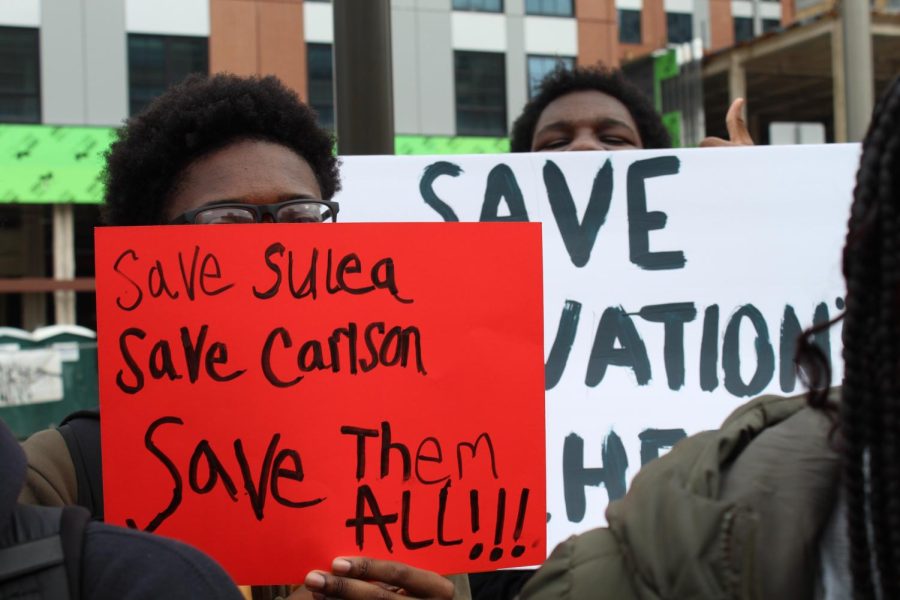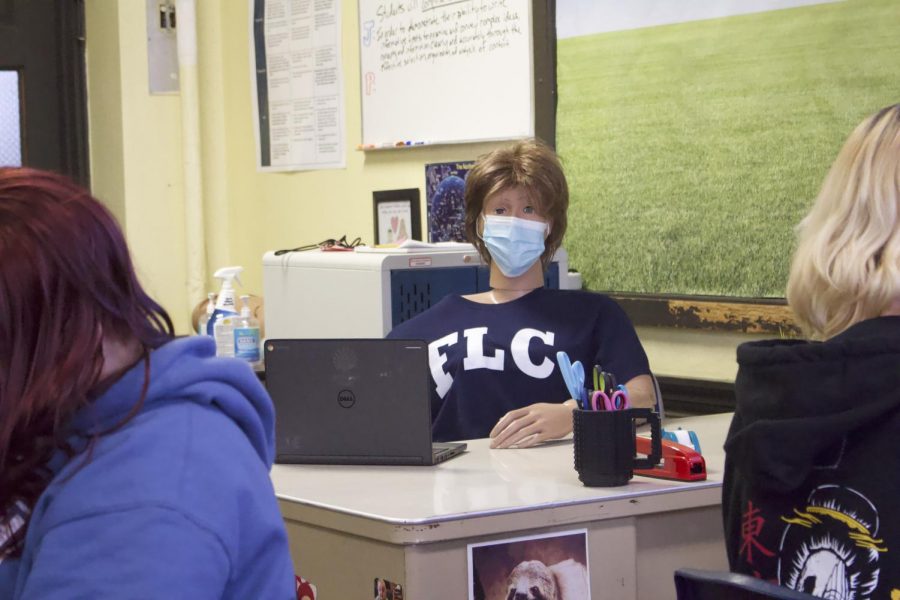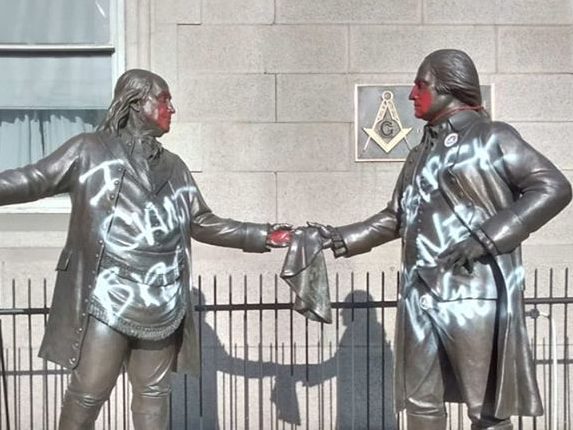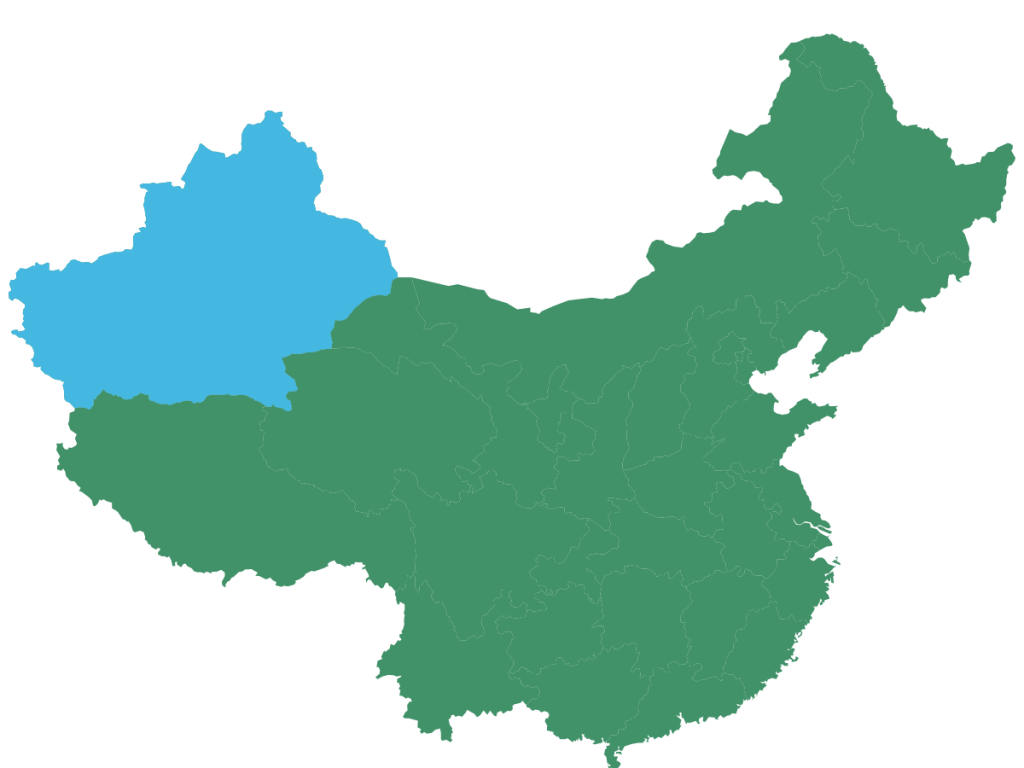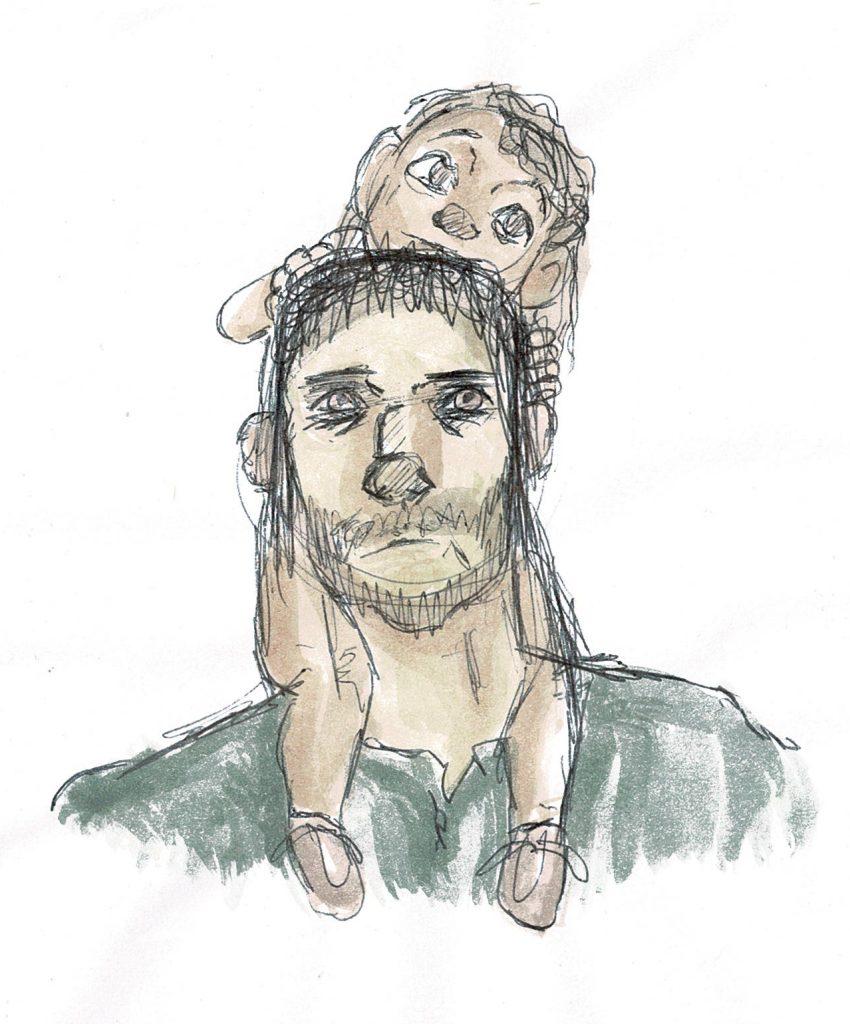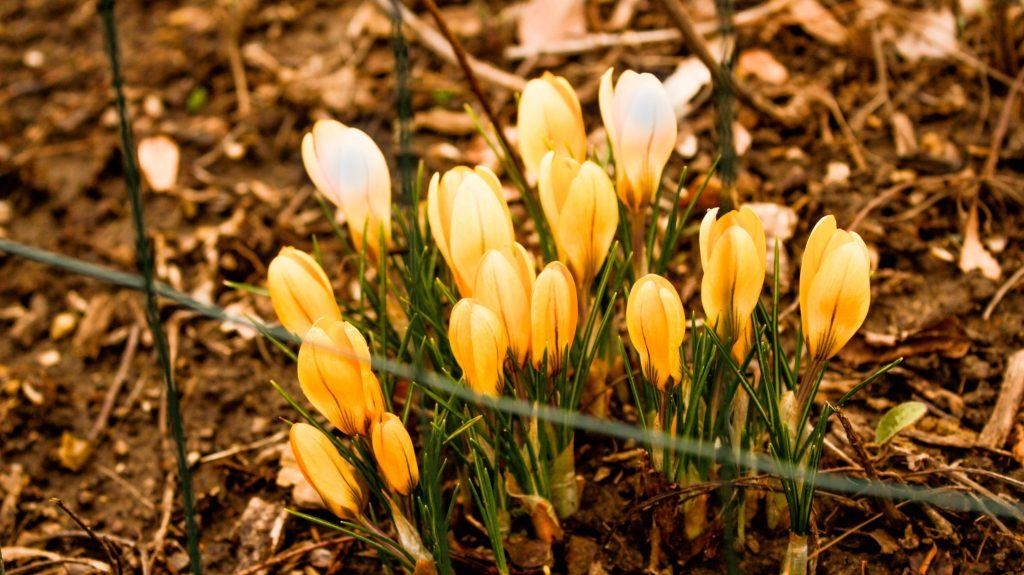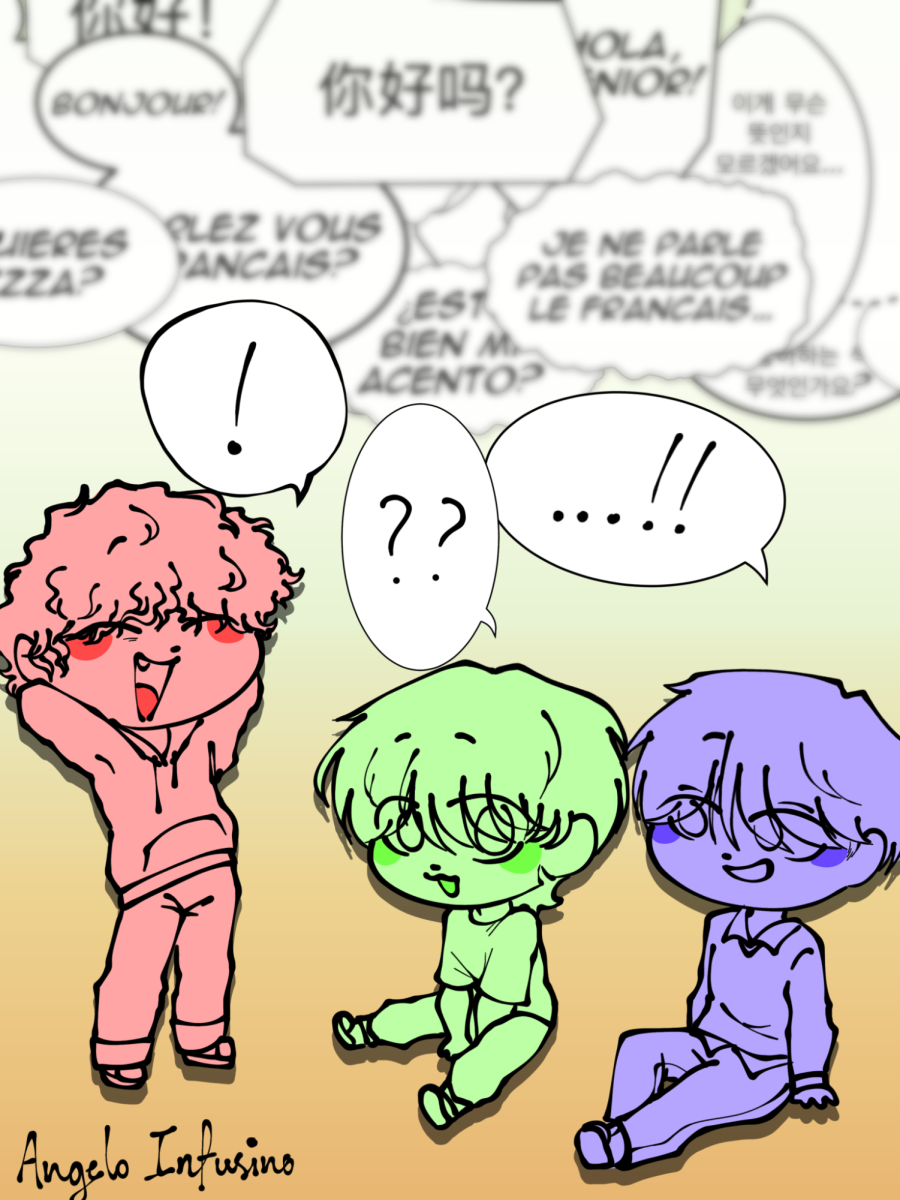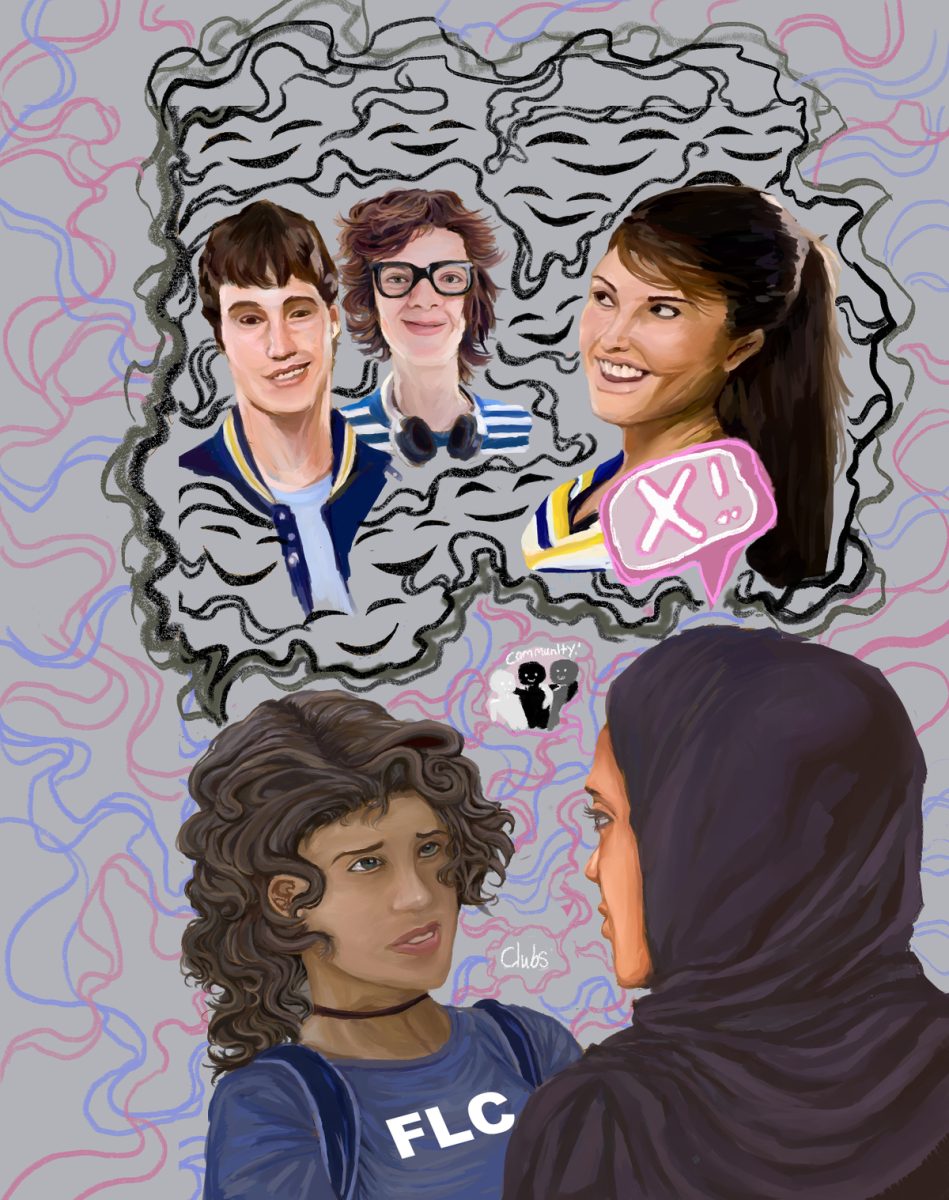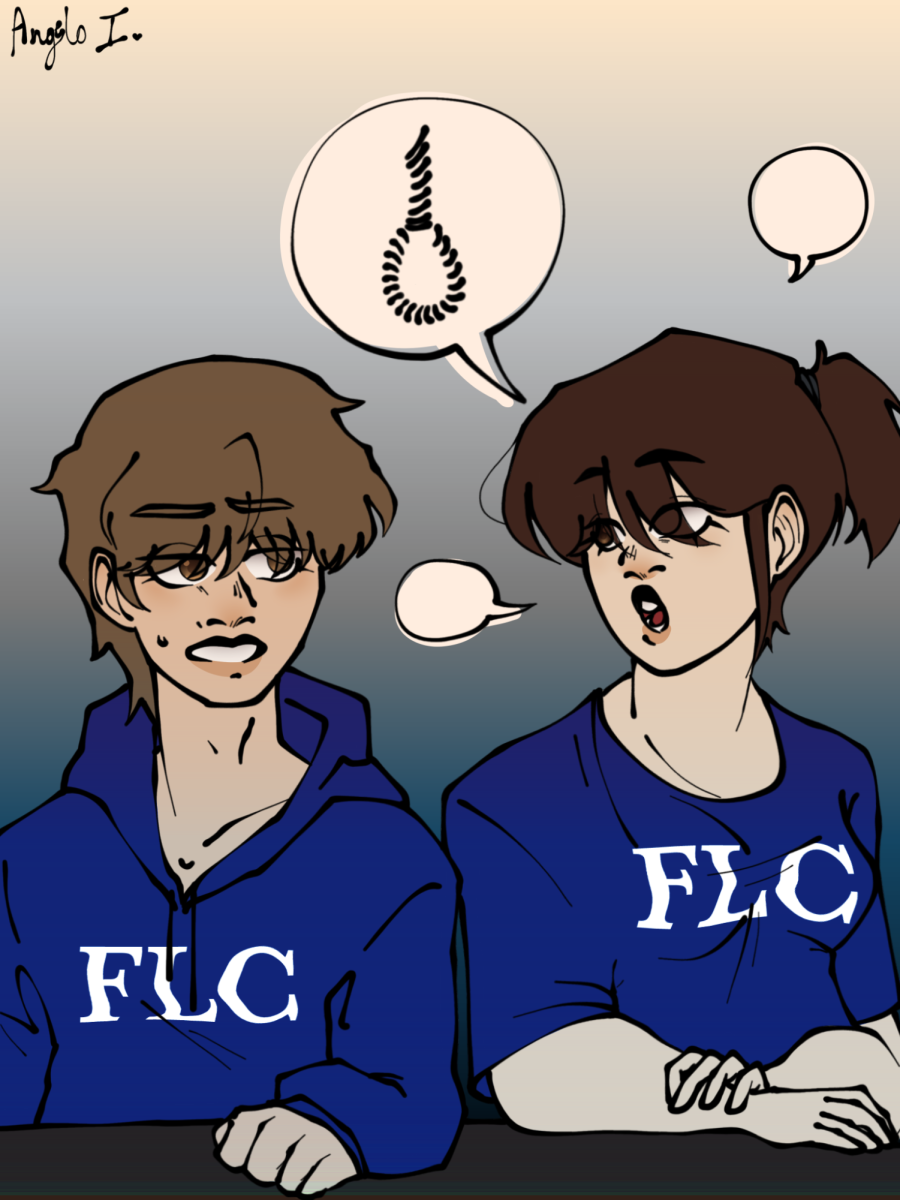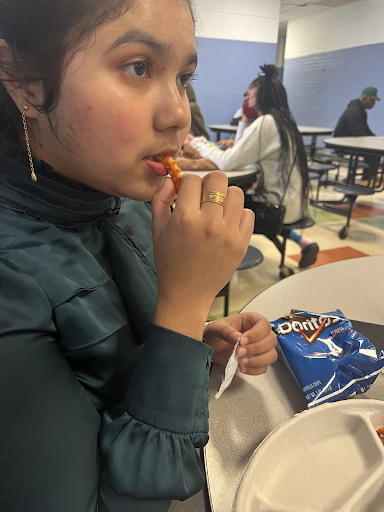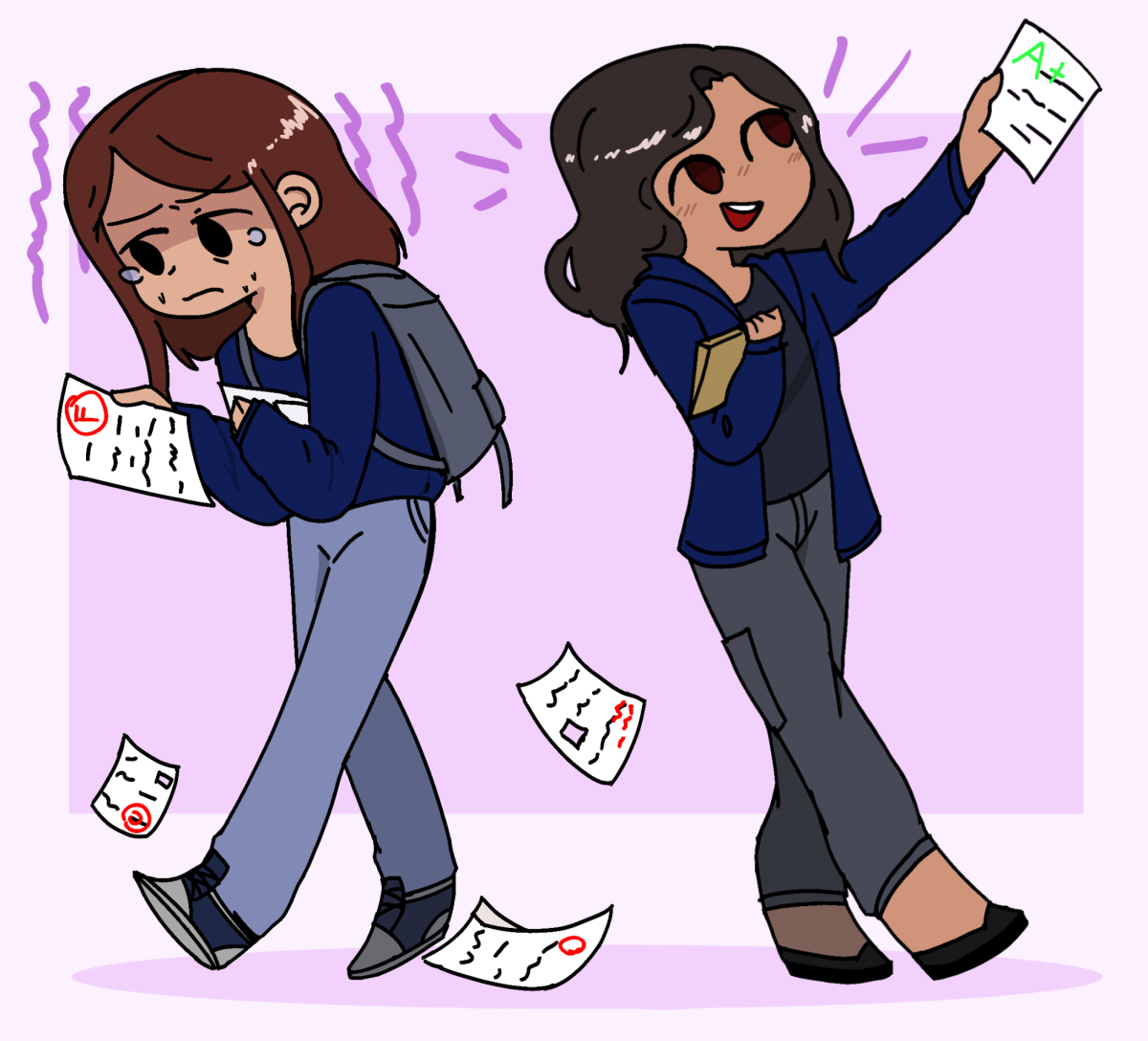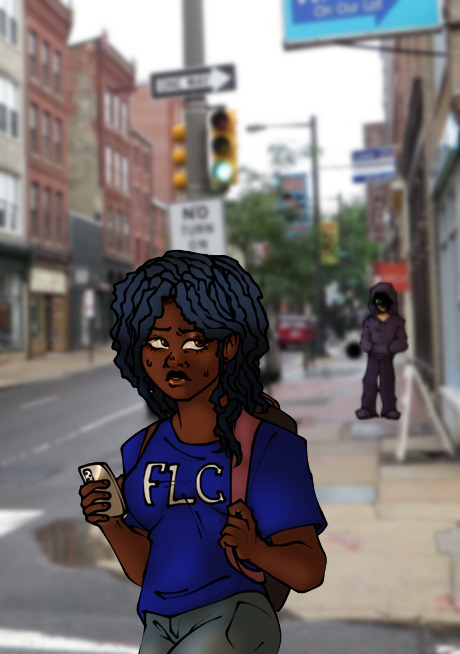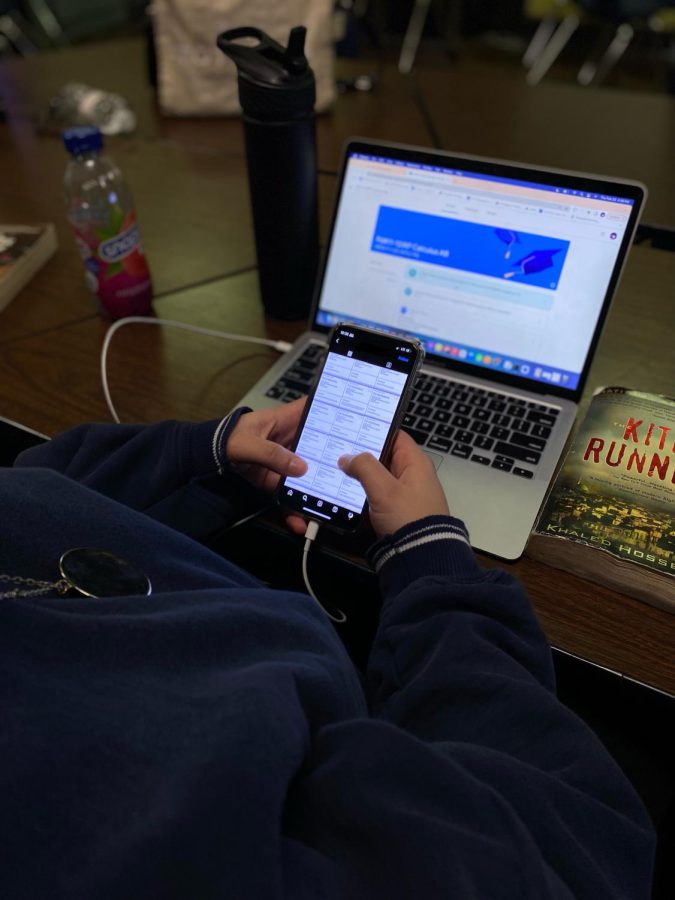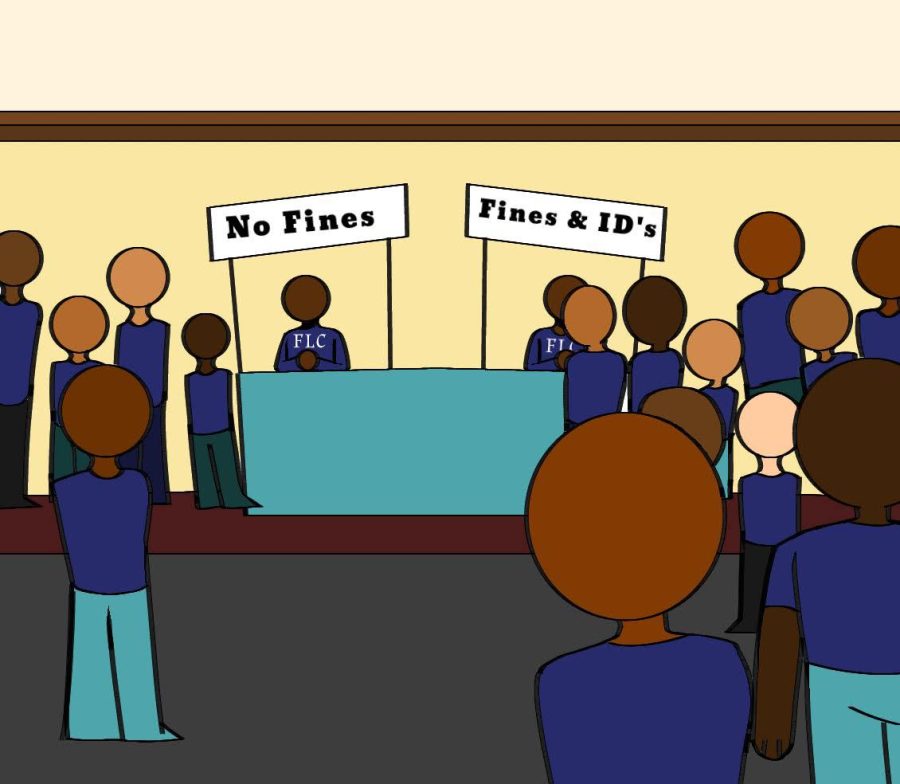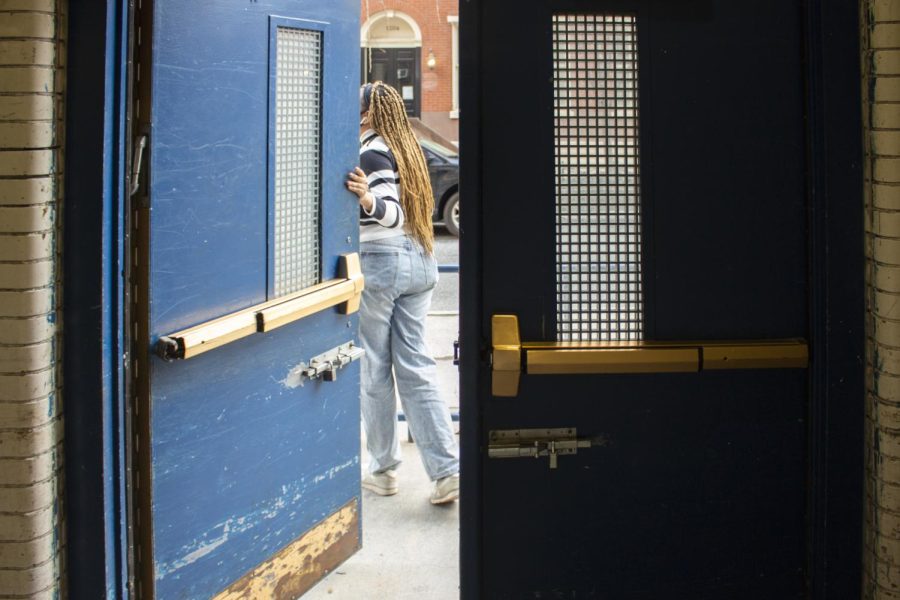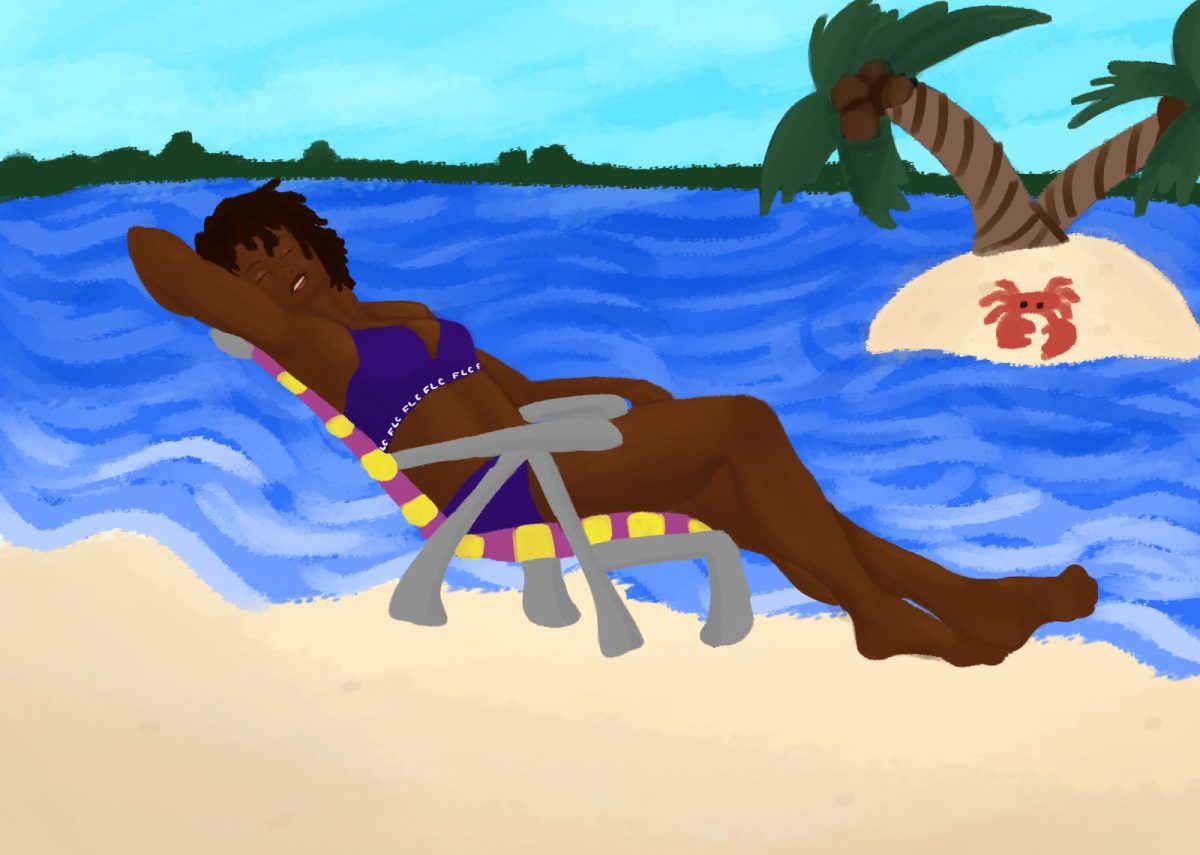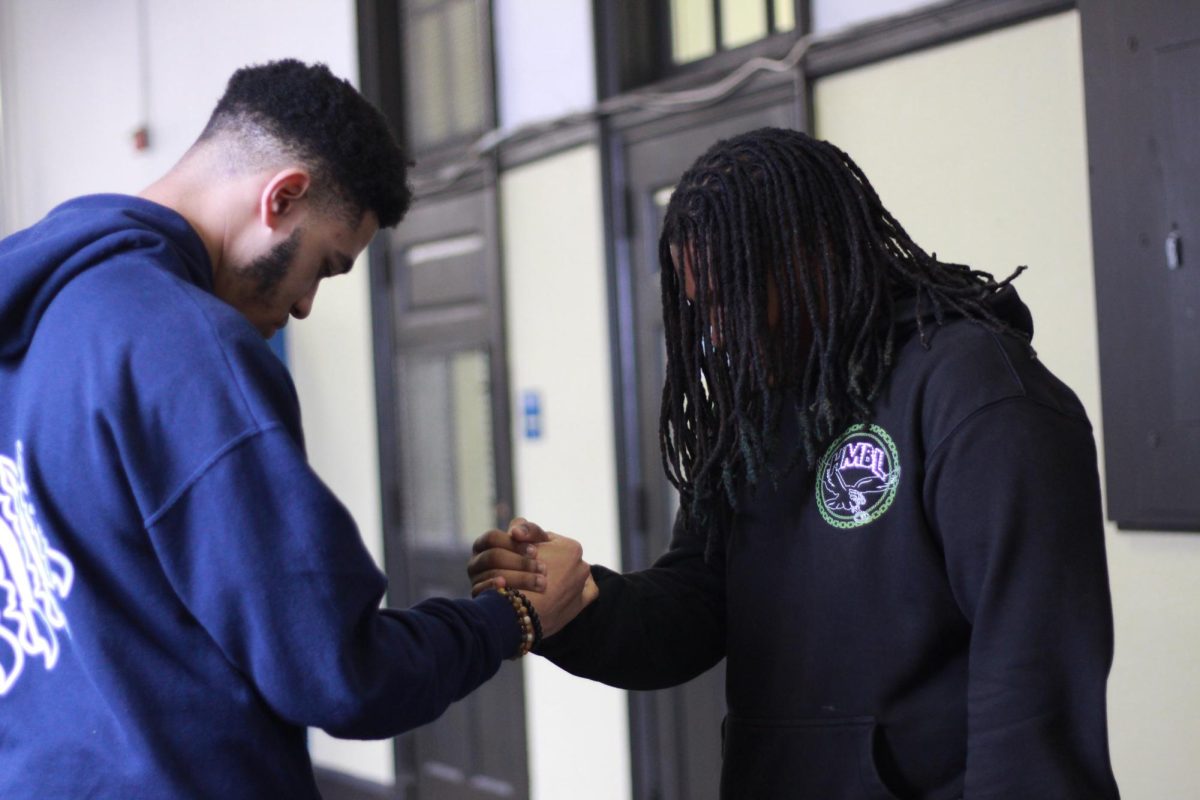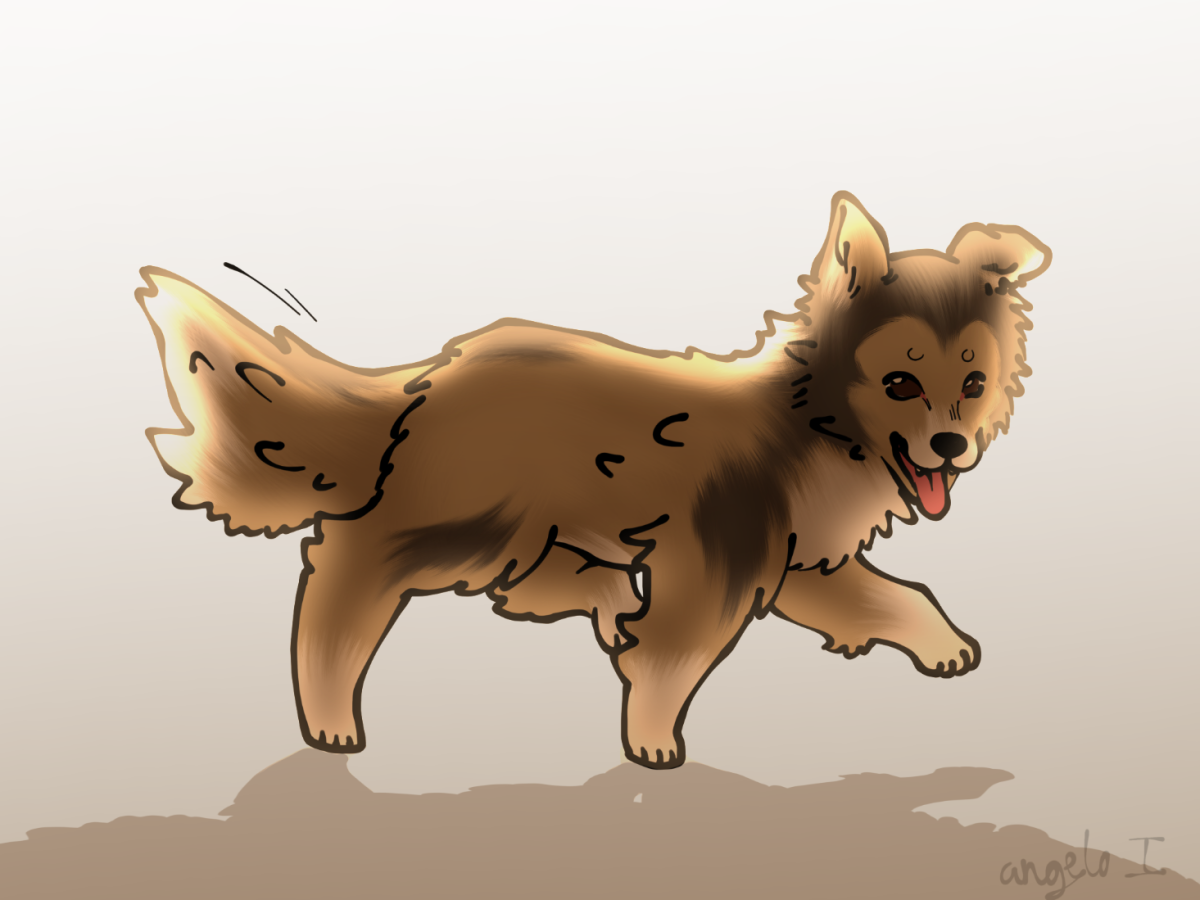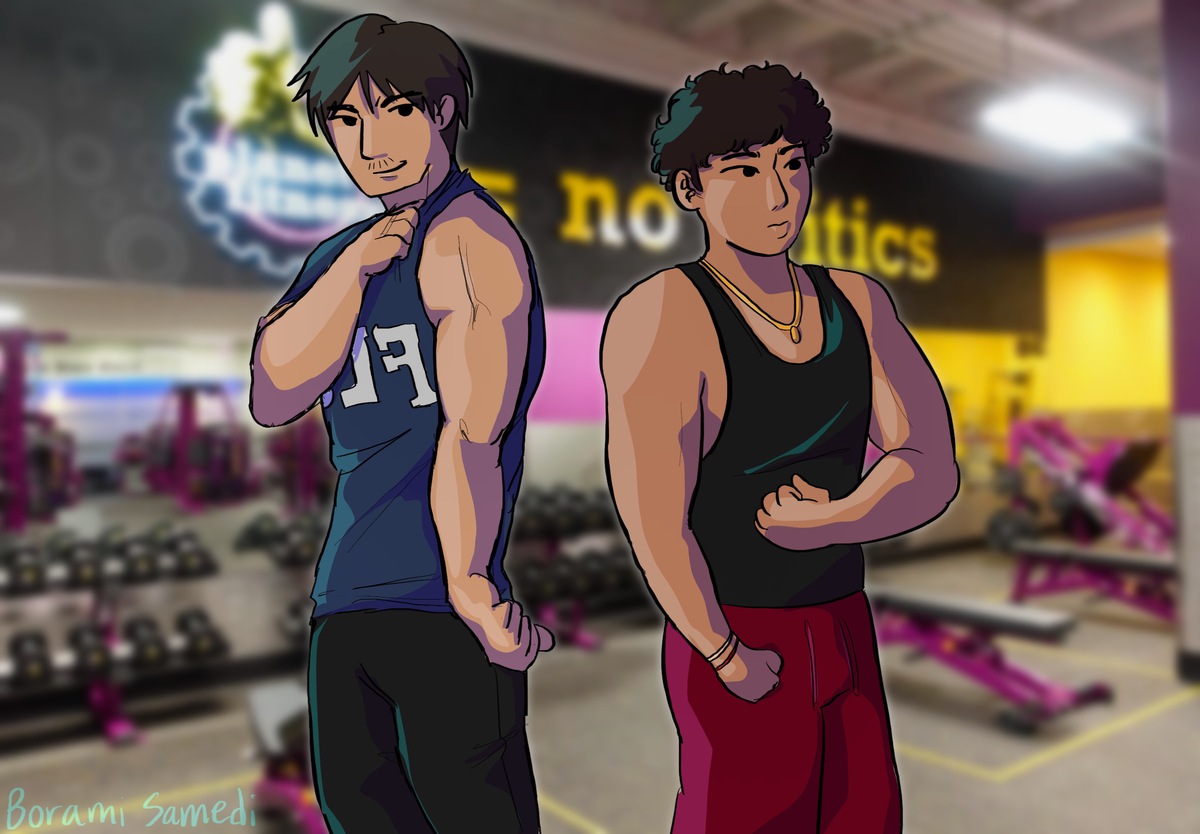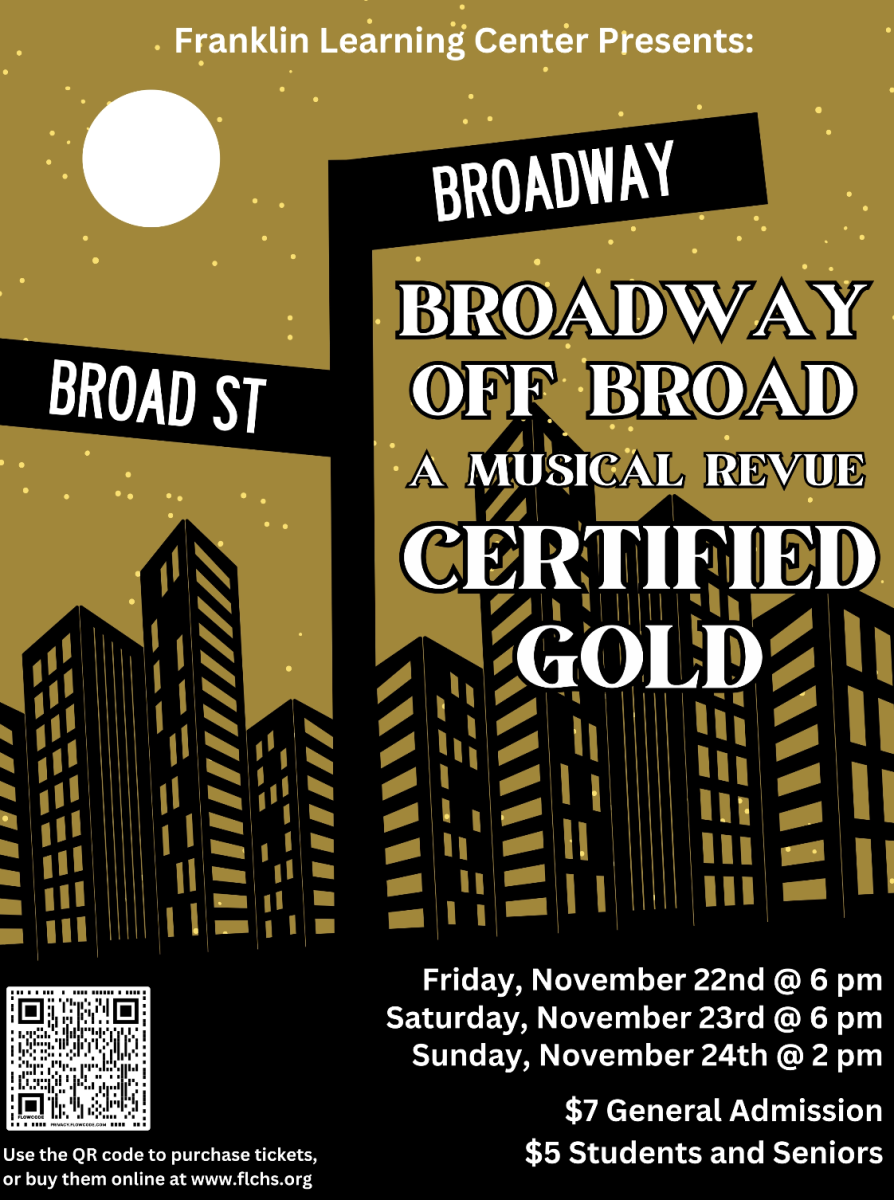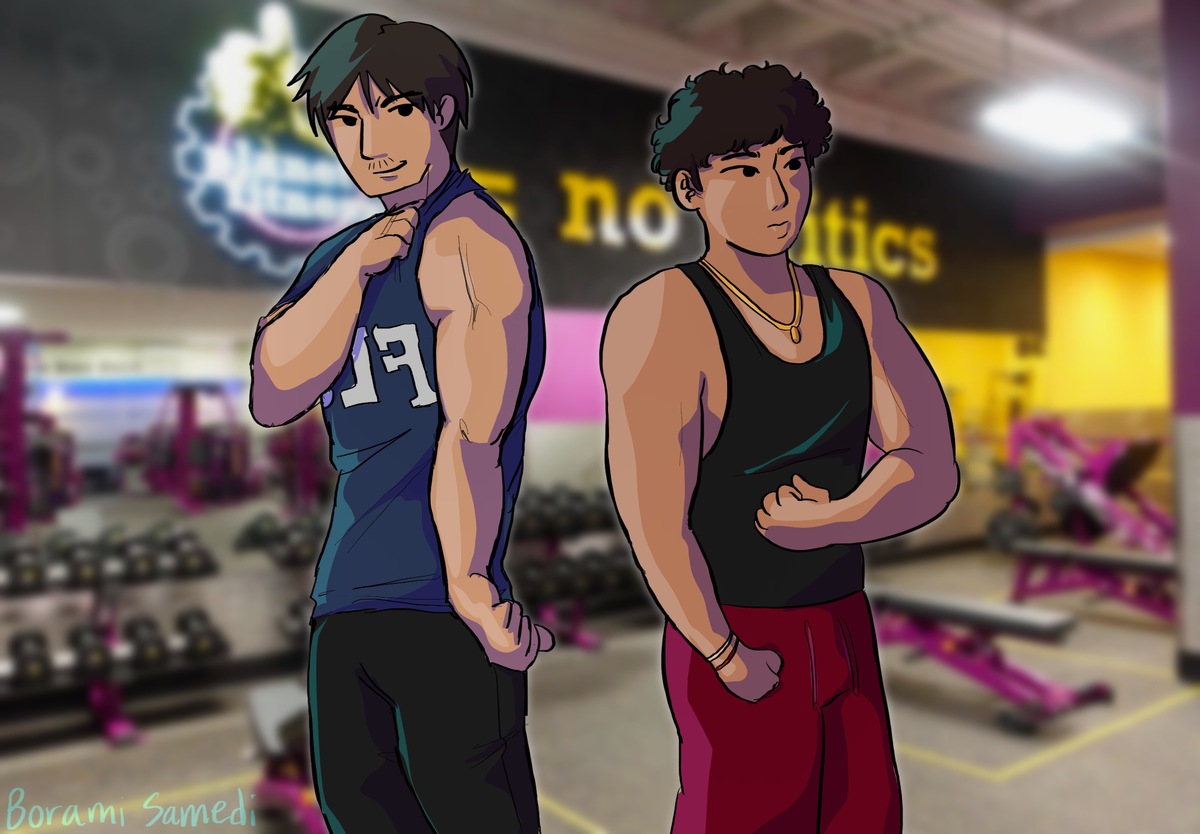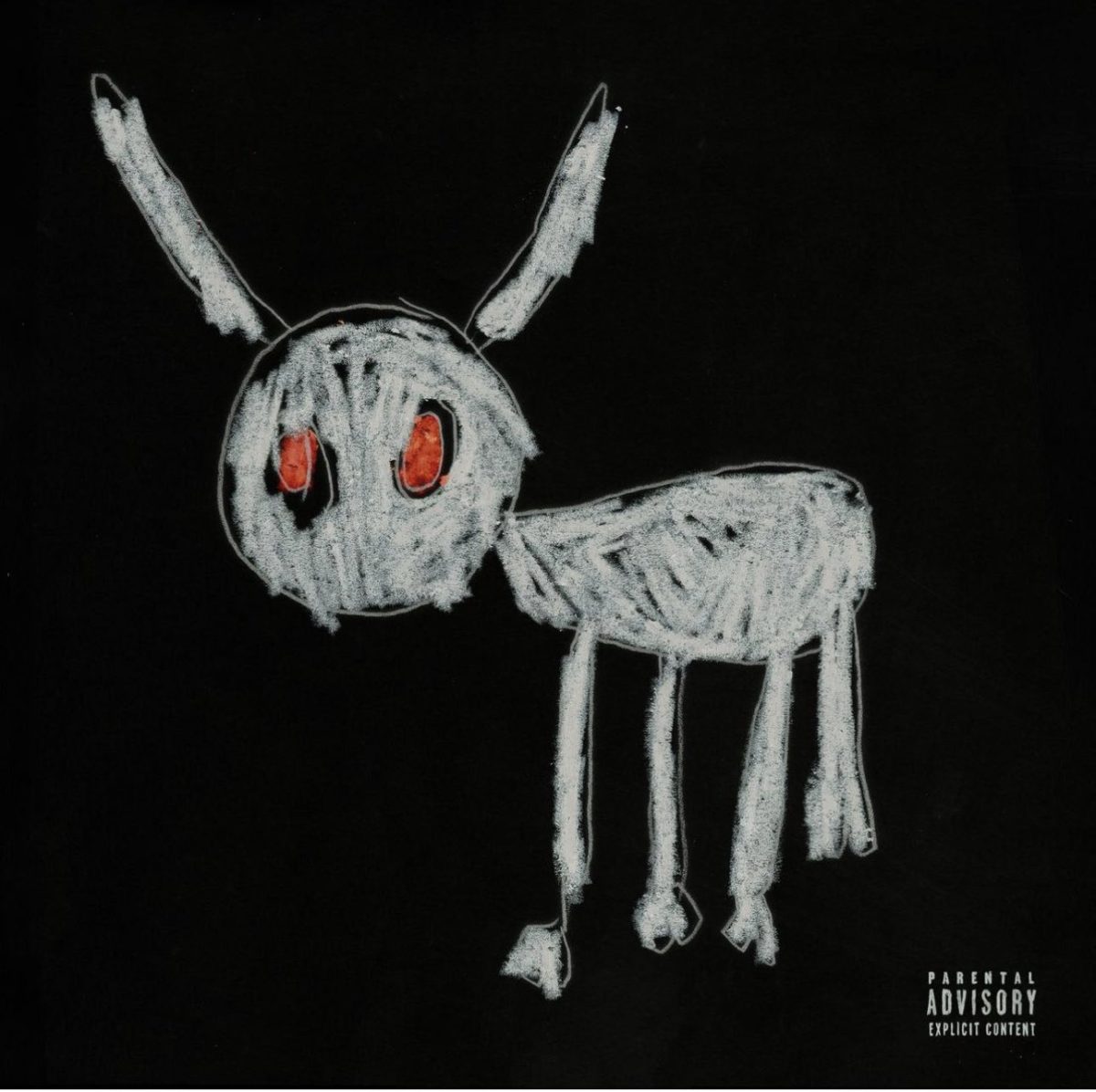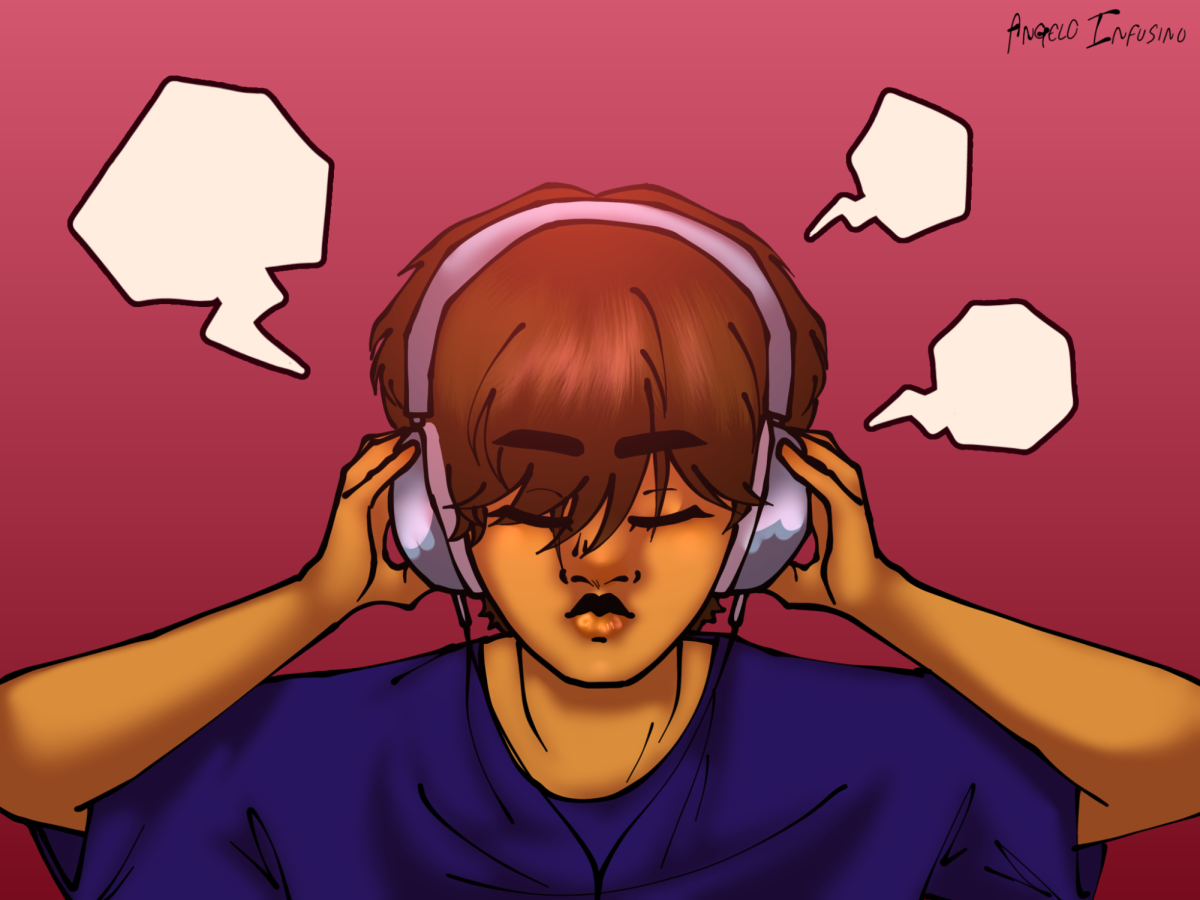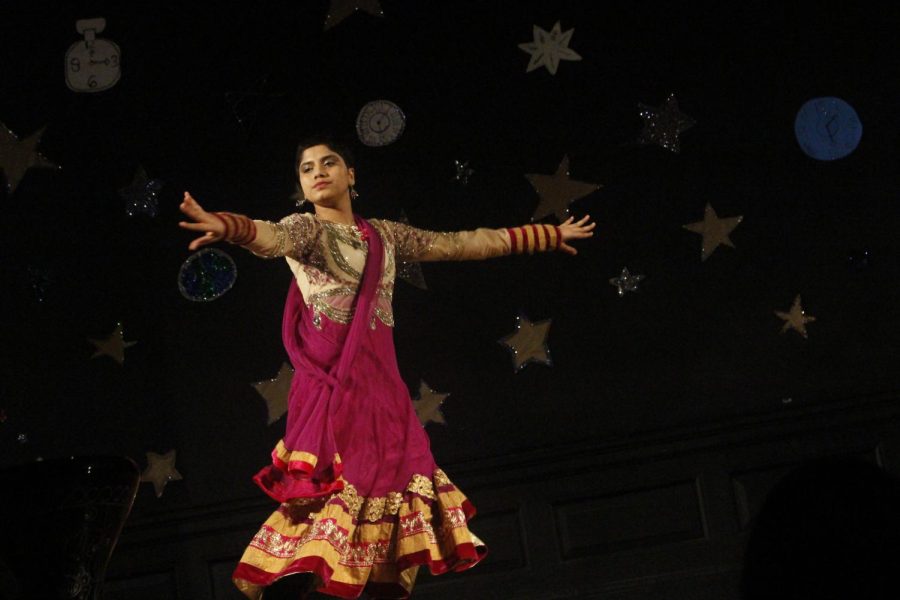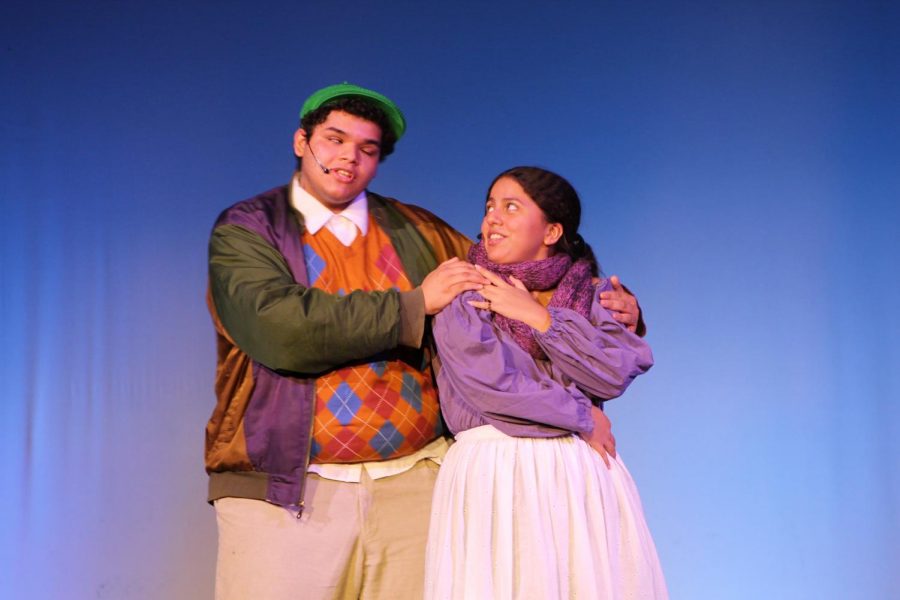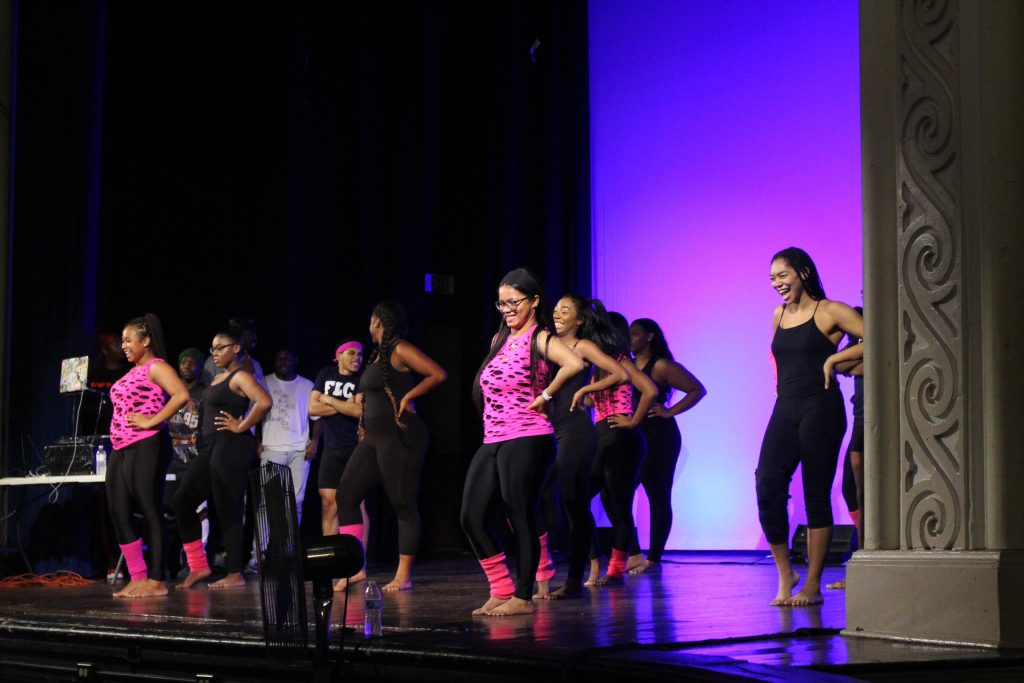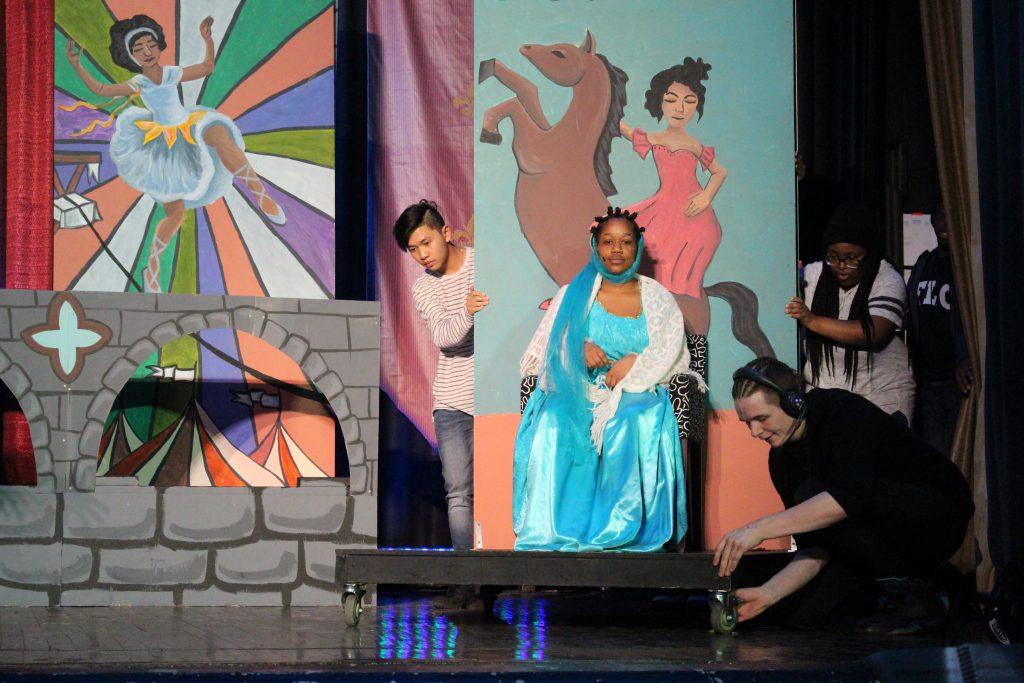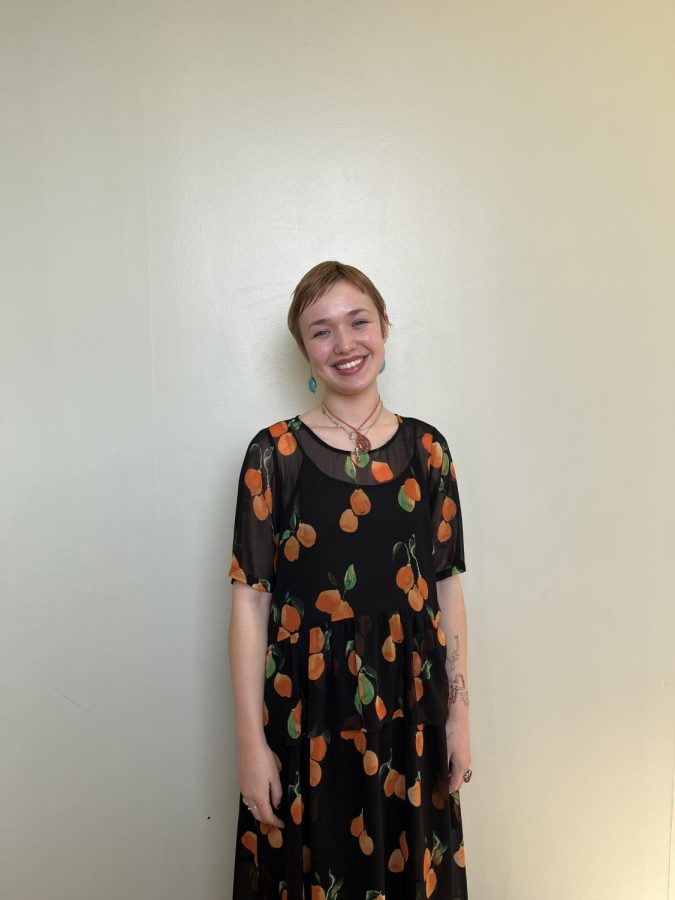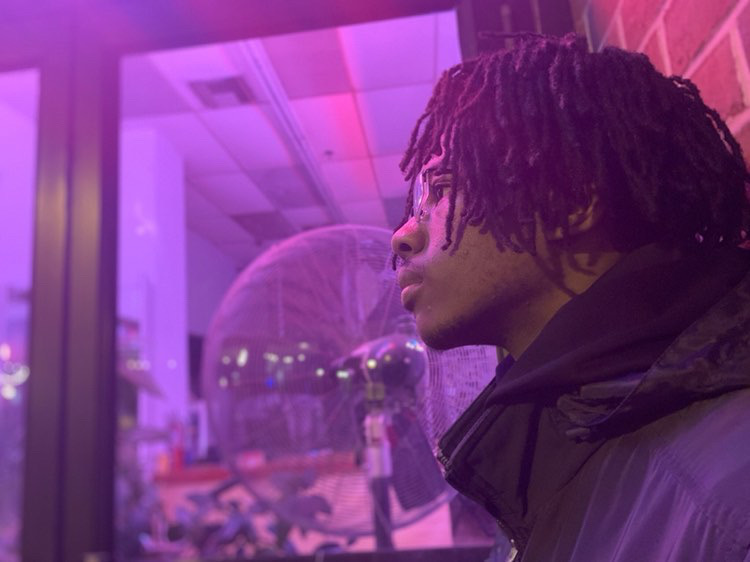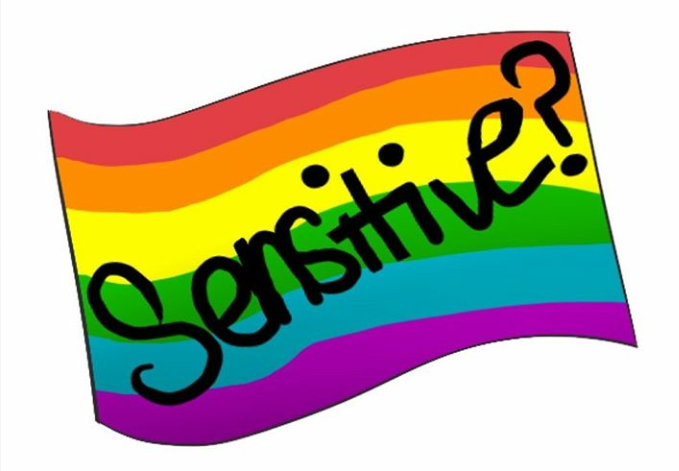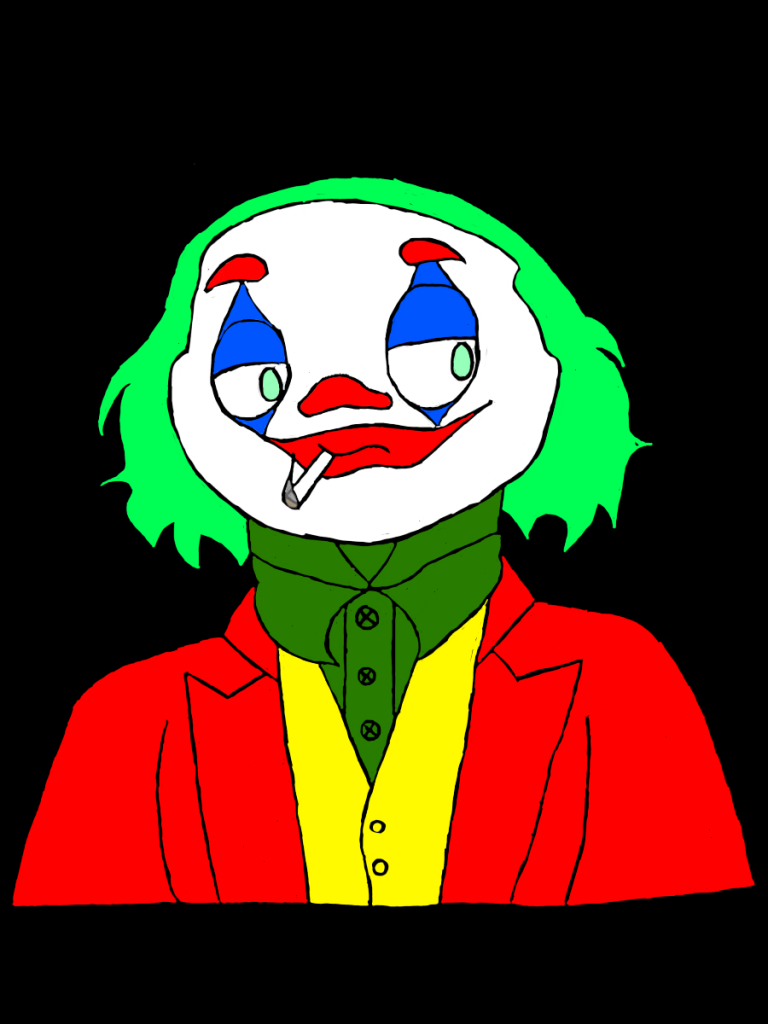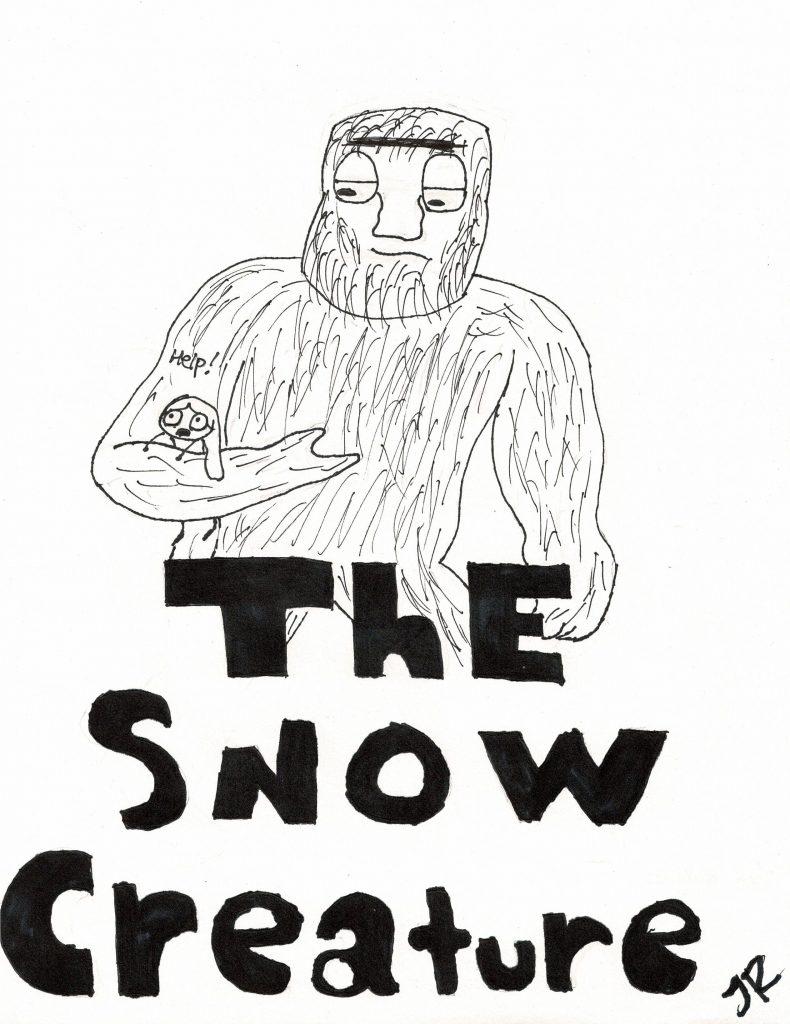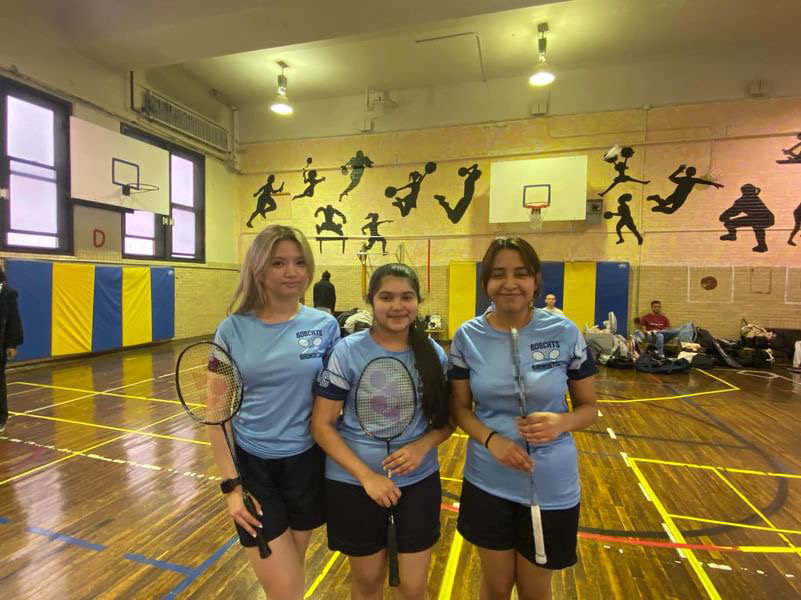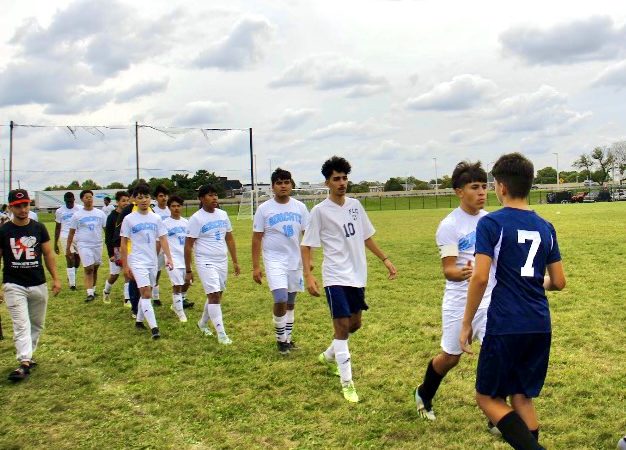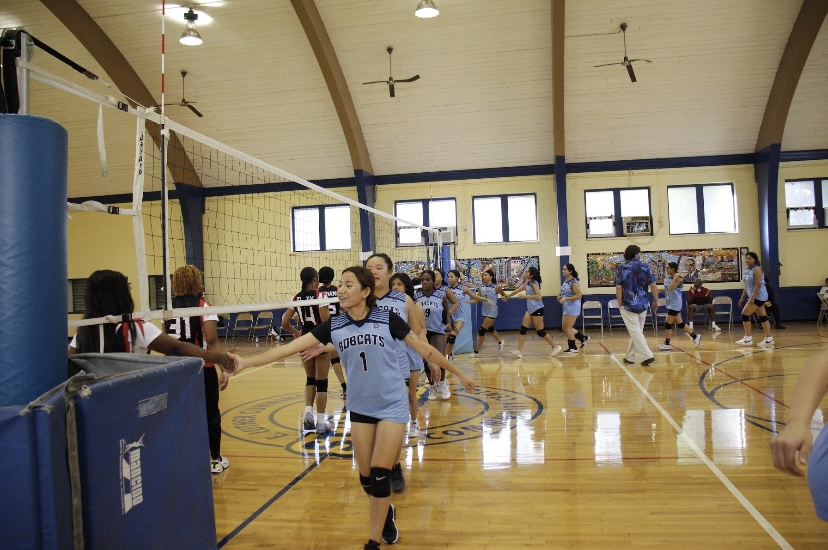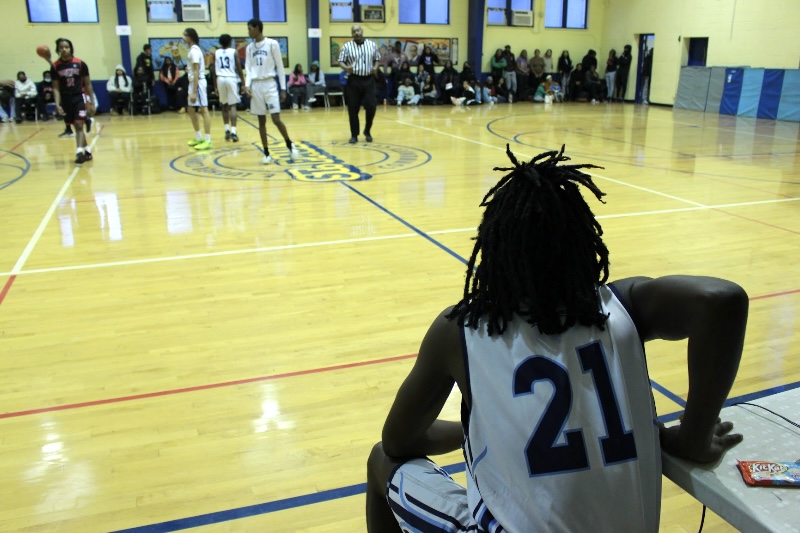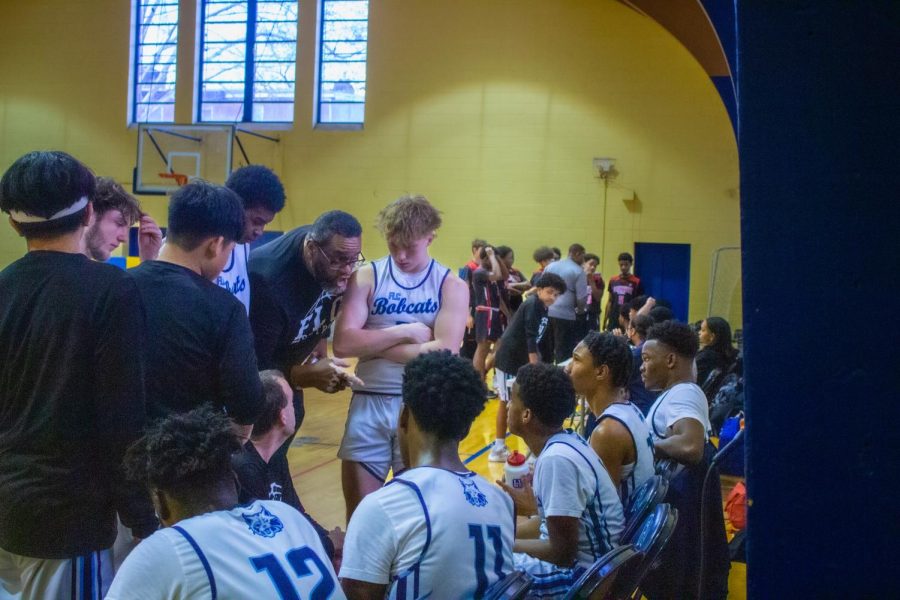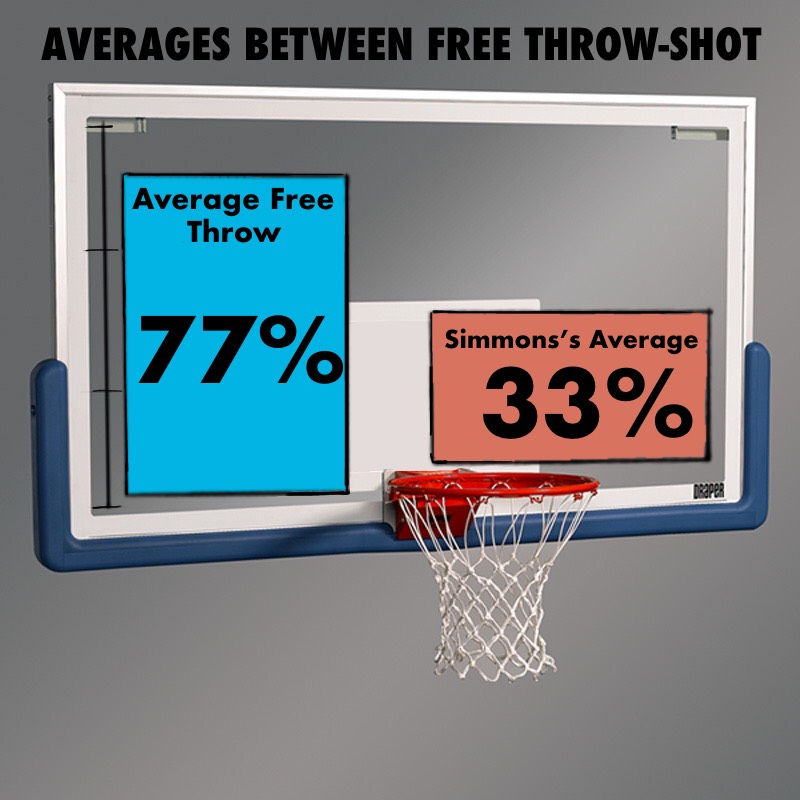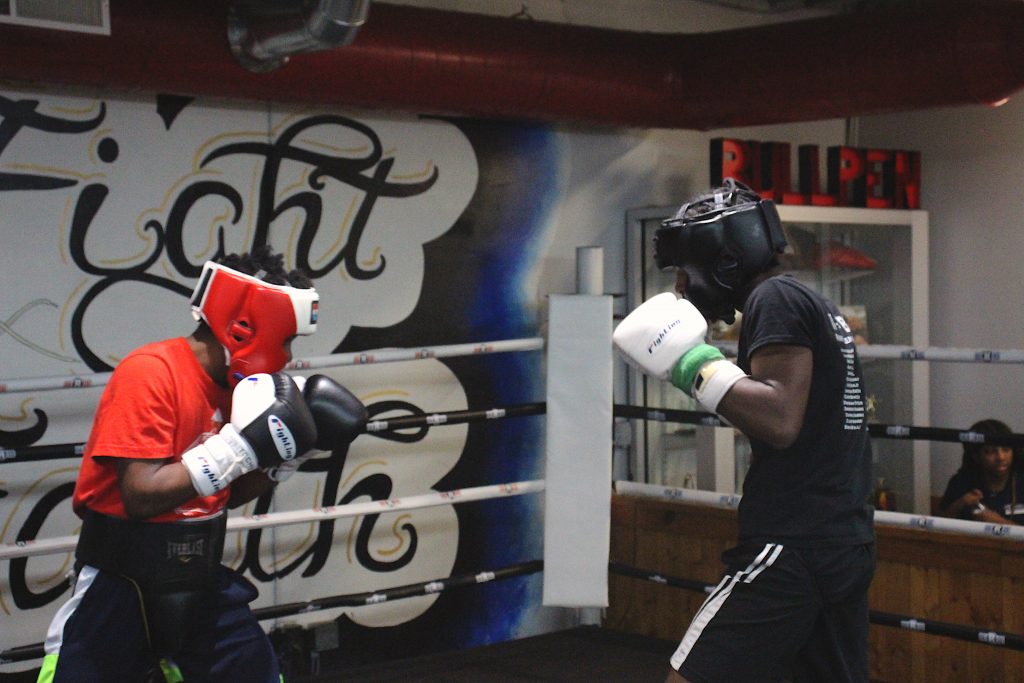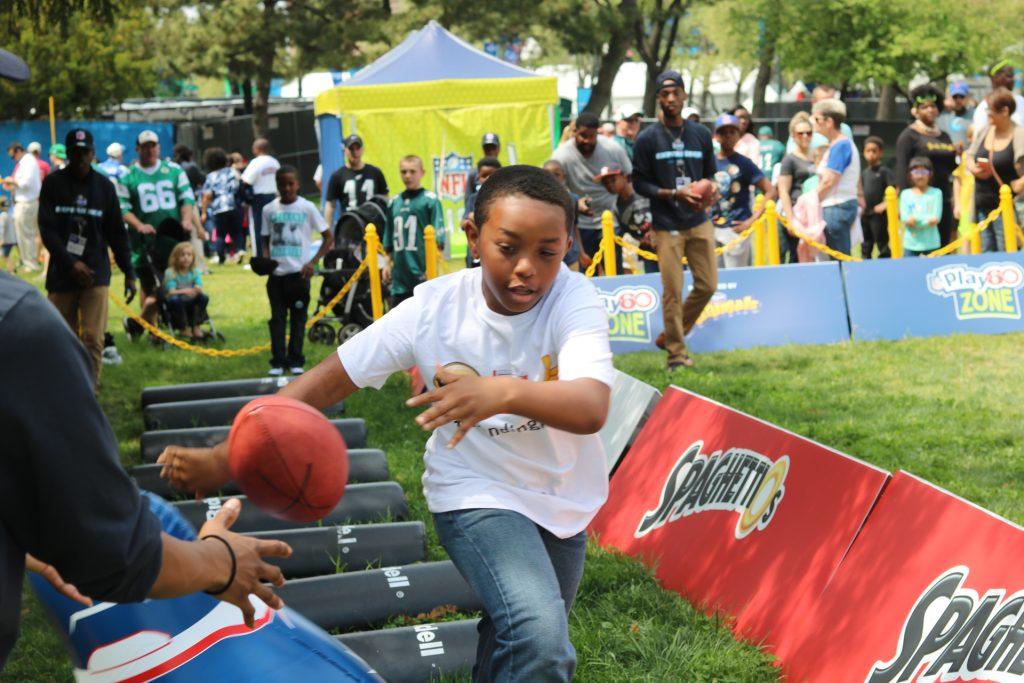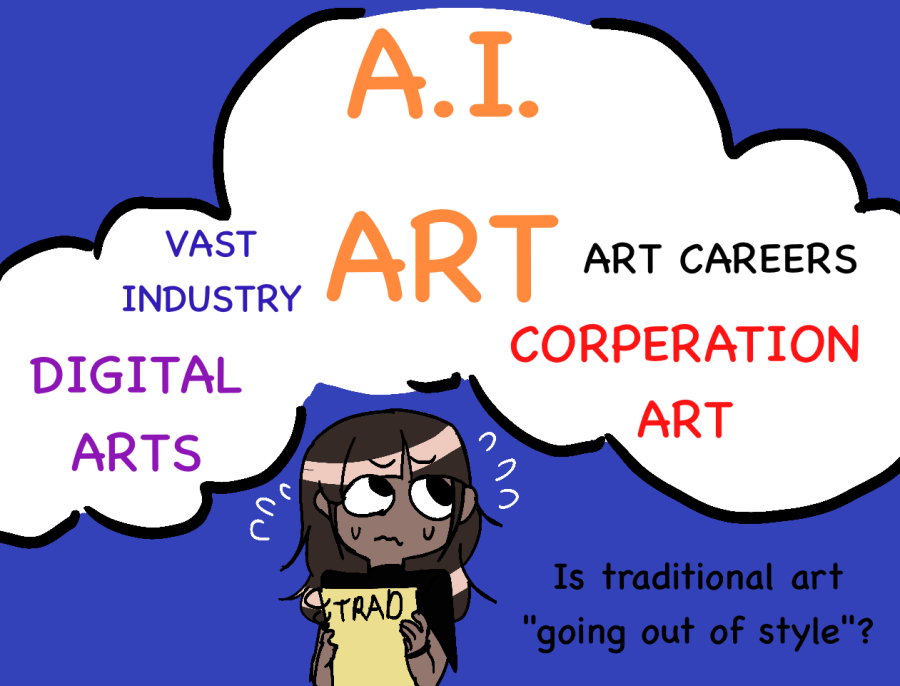Is traditional art going out of style?
Staff illustrator Maya Williams
Ideas imposing upon traditional arts.
May 26, 2023
Traditional art has changed “countless times” throughout human history, and there are many ways people can do art even now. The main point of art is to express oneself in their own manner., but what about AI art? AI art is artificial intelligence that can create art within seconds, and with such advanced technology, is there a purpose to human-made art? We asked some artists how traditional art has changed from the past to the present, then asked them to establish what traditional art is now.
This is what junior art major, Maya Williams, has to say. “Art has definitely changed. While art has always been a medium of expression, it is now unanimously agreed that anyone can do art as a form of self-expression. While it is debated what classifies something as ‘art,’ I believe that every human creation (positive and negative) constitutes [as] art. This means everything from paintings to something as mundane as a sitting chair.” said Williams. Williams believes that all non-living entities created by humans are inherently art and hold artistic qualities. She also believes that art is measured by its effect on others. “This isn’t to say that everything in creation (created by humans) is a form of emotional expression, but things like tools and objects I classify as art due to their effect on others. “Art is also much more accessible, especially to high school and college students.” Williams said. She explains how art has started to be seen as something bigger than a person expressing their emotions. “Art is fundamentally a part of all experiences…, it is also considered integral to other careers needed to further contemporary human development” Williams added. Junior art major, Angelo Infusino shares some similar ideas with Williams.
“Definitely, even on a smaller scale like from 2010 to the present, art has evolved. I think it’s mostly just people gradually be- coming more confident in their individuality as artists and creating things that are unique and independent from the standard for art, so much so that it seems to have changed that standard as well,” said Infusino
Ace Butler-Thorne another junior art major, explains how different art was back in the day compared to now. “I’d definitely say art has changed throughout the years. I mean, look at how much realism is heavily valued over all else, capturing the exact likeness of life and the person(s) around you. Hyper-realism in art still is heavily appreciated, but the unique styles you can now take with art is so vast with the help of Eastern influences (I.E anime) it’s like some- one’s own fingerprint and has so much individuality and soul to it.” said Thorne. Cameron Rodriguez, junior art major, also added, “Art is always changing.
Art is something that can evolve and be continuously improved, as has happened throughout history. Art itself is an idea that different people interpret differently, and in turn, improve, experiment, and develop just by trying something new.”
In terms of whether the changes that were made to art over time were beneficial to artists, these students had interesting points to make.
“I think that change is needed for development. Changes in art throughout the years have allowed artists to improve and, at certain times literally, sculpt the foundation that inspired other artists. Art being made is a cycle: an artist makes a piece of art, and another artist gets inspired and makes one too. The changes made in art are beneficial to artists not only because new types of art are made, but also because new art will continue to be made” Rodriguez said.
Williams has another viewpoint on the question and said “While this change is beneficial, it creates the dilemma of the art field seeming ‘diluted’ or much too expensive. Yes, anyone can do art, anyone can be good at art, and anyone can further their skills as artists, but it’s a separate thing to make a financial benefit off of your work” Williams said.
She saw a sunny side to this dilemma due to the plethora of options available. “While this may be a problem, art serves many purposes, and there are many places where an artist can make their career. From character design to logo design to photography, art has a place everywhere in the human experience. It’s the matter of finding a job that can be overwhelming” She added. Infusino also commented “Yes! I feel like it’s given artists all around the world more opportunities to fully express themselves in ways they personally want to without meeting a very particular, and arguably generic, expectation.”
With the idea that traditional art is able to help people express themselves more and let them show off their individual art style more often, when asked about their opinions on overall AI art.
“AI art is kind of a gift and a curse. It has helped make processes easier, like training it to learn an artist’s style so it can make art faster, but that comes at a price. AI art needs data in order to work. You need to feed it said data for it to learn and mold, so the algorithm adapts to what you ask of it. In this, you are quite literally taking something and feeding it to a system that will haphazardly do what it’s commanded to do.” Thorne commented.
Thorne also explained how AI art doesn’t follow the methods that make art so special and instead, they compare AI art to corporate art.
“Art has a certain thing about it that makes it so good. It’s the passion for it, the intentional stylistic choices one might make, that breaks the rules of art while still follow- ing them. AI doesn’t understand that… Why else do people hate corporate art? Because it’s soulless, it lacks meaning, value, and artistic integrity. That’s what AI art is like. It takes what makes art an enjoyable process that people want to share and practically rips it apart with no regard.”
He argues that these problems aren’t completely the AI’s fault and that they’re the fault of the people that are making and running them. “And this is not completely the fault of the machine, but also those that run the machine. Tech bros don’t truly understand the value of art the same way more in-touch consumers or artists themselves do. They just want a quick, easy, and simple product to churn out and devalue everything else in the pursuit” Thorne said. He talks about how a lot of artists are angry about how people that run AI just want a simple and easy way to make money and while doing that also belittle the time and effort traditional artists put in.
“It’s a spit in the face of artists like myself who devoted so much damn time to their craft to perfect it into the image they’re proud of only to get shut down by tech bros who think they know better about the medium than actual artists who have been in the game for years do.” Thorne explains. He says when created by some people, AI art might be seen as a form of gentrification of the art world.
AI art is, in a way, the gentrification of the art scene when in the hands of the tech bros. They always wanna make the same bland, boring realism that kinda devalued the art scene years ago…The last thing we need is for art, the very function of society, to get watered down into unfamiliarity, which I doubt would happen, but at the same time, American society, unfortunately, cares more about money than the soul. Hopefully, that can change,” he said.
While looking at another point of view, Williams had this to say in regard to AI-generated art.
“While the advancements in AI technology are expanding rapidly, almost at an astounding rate, many artists fear that AI art will begin taking jobs away from human artists. This anxiety is expected but isn’t exactly justified. There are already movements to stop Al art and even programs that prevent the artwork from being placed through an Al filter. Arts made by humans cannot be replaced by Al because Al is exactly as the name states; artificial.
This art is not genuine in the slightest. No years of experience. No improvement. No thought over right and wrong. All that art AI knows how to do is take a picture and overlay other artists’ works to create a somewhat cohesive piece. Totally mindless. This is why I believe we shouldn’t be as scared of AI art as we are. Yes, it is terrible that art thieves are using this technology to steal art, but this art isn’t genuine, and no one wants artwork that isn’t genuine (I mean, most rational people). People with common sense and a basic idea of how much time and effort goes into the craft.) The bottom line is that AI art isn’t genuine art because it is not human-made. Yes, AI was created by humans, but the output is mindless” Williams commented as well.
“AI art cannot, and most likely will not, replace human art, as it is integral to the human experience.”-Ace Butler-Thorne

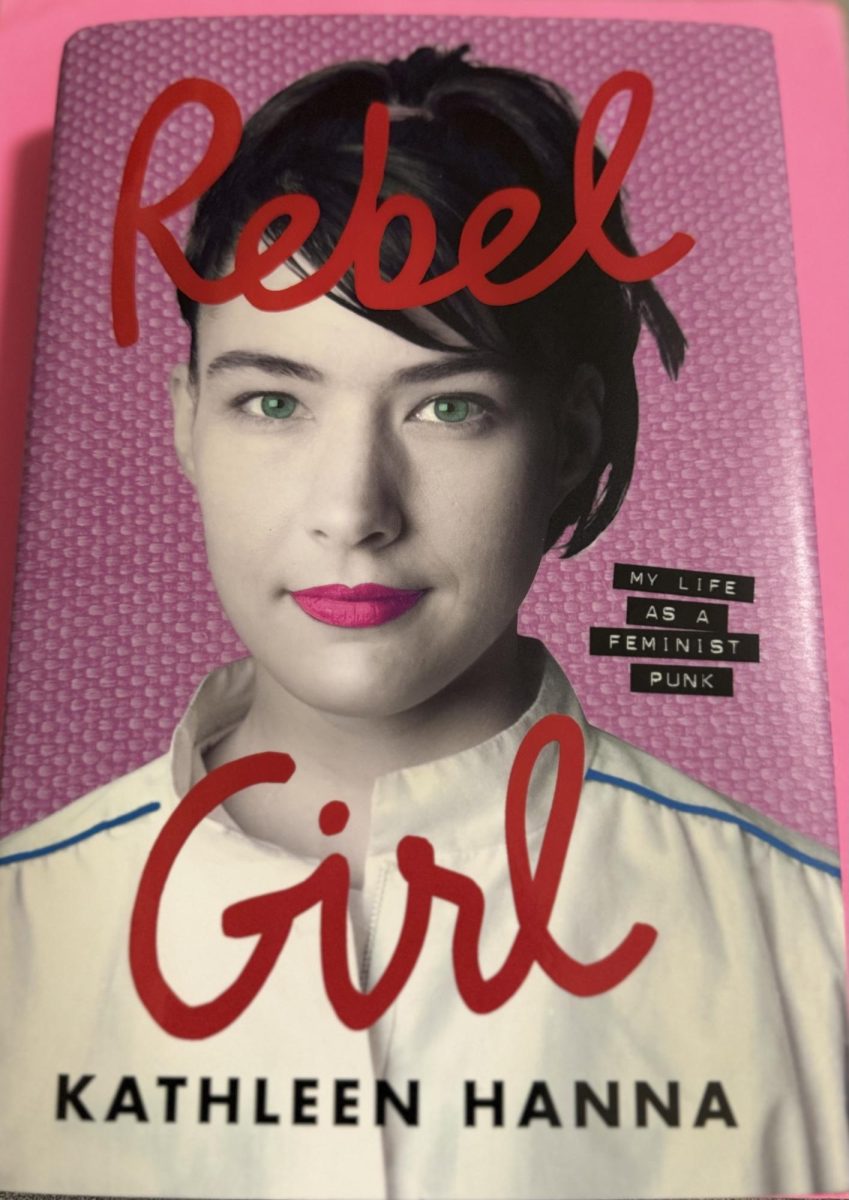

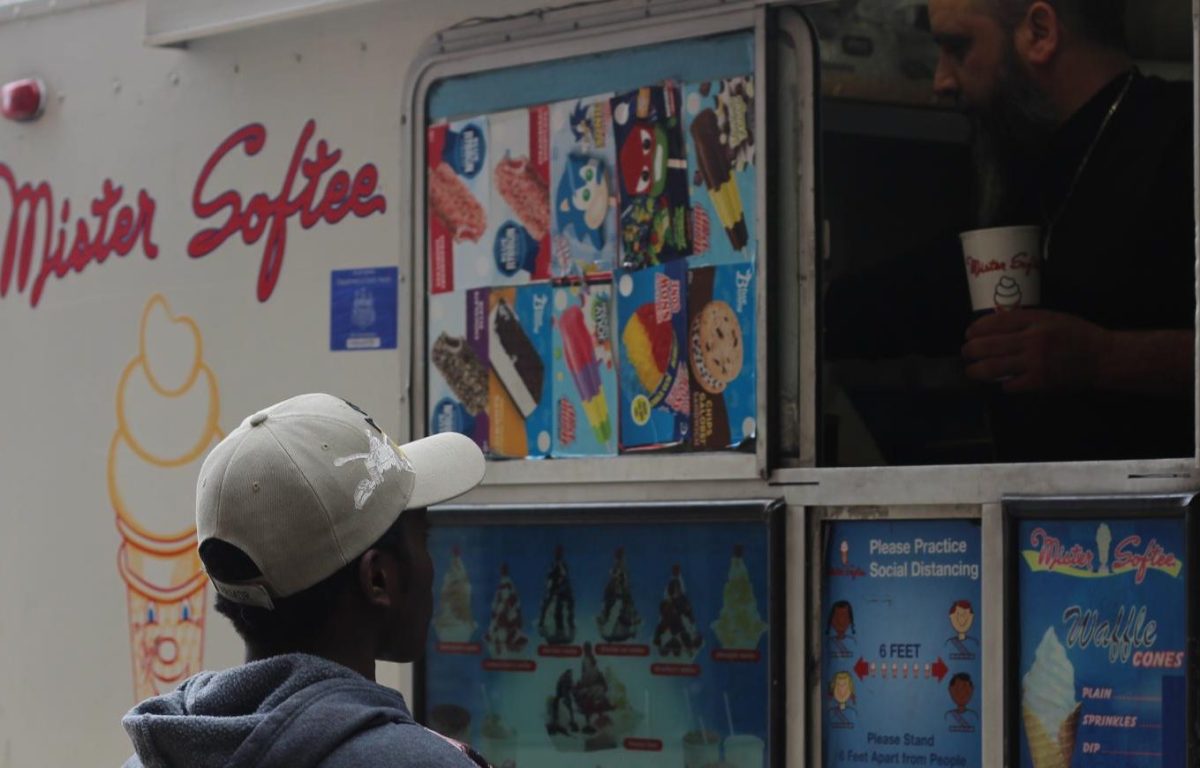
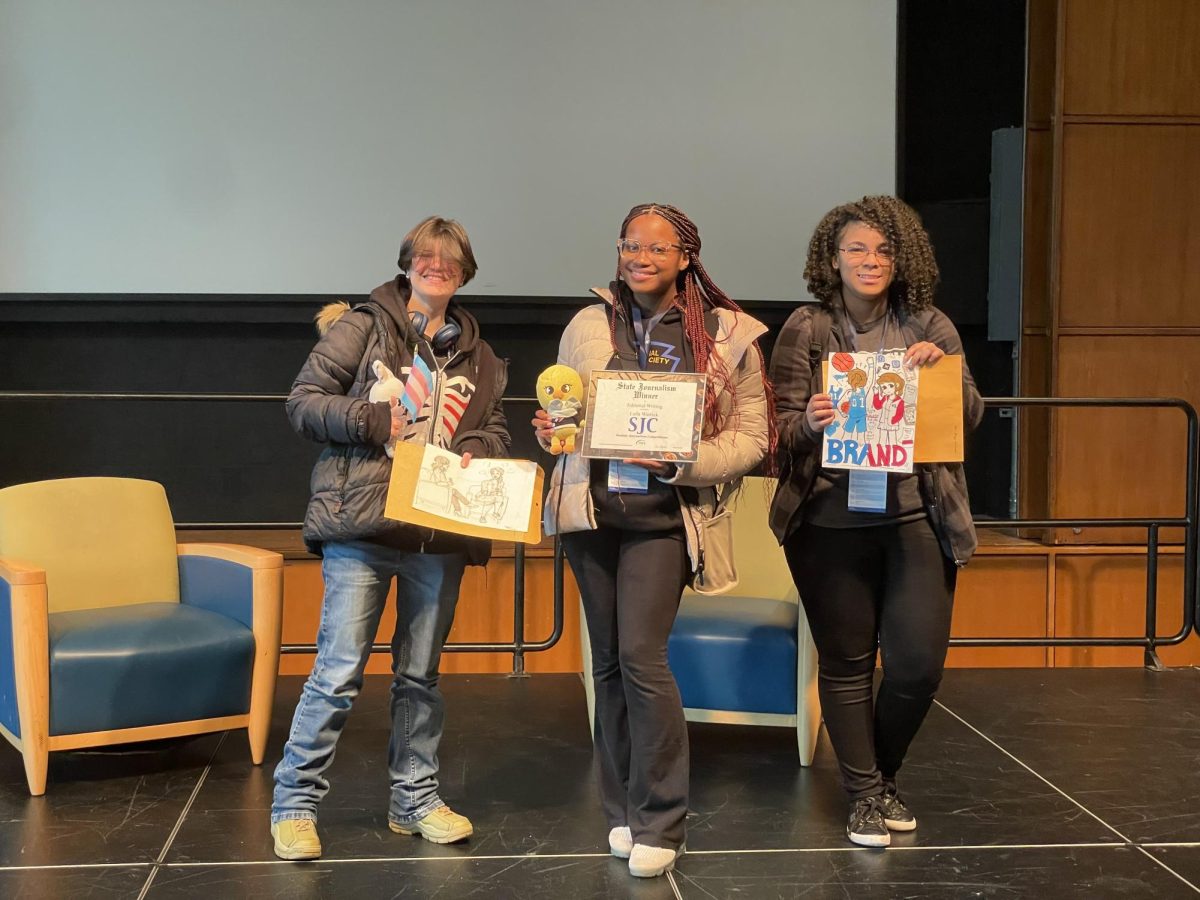
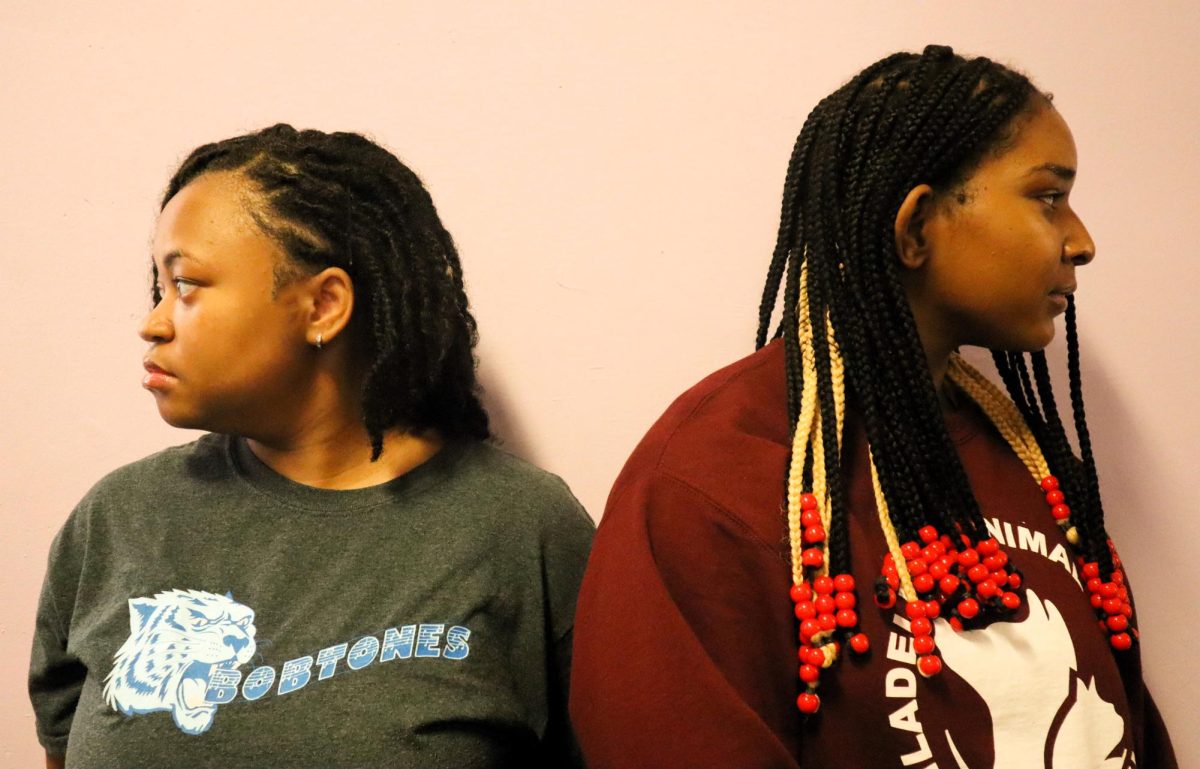
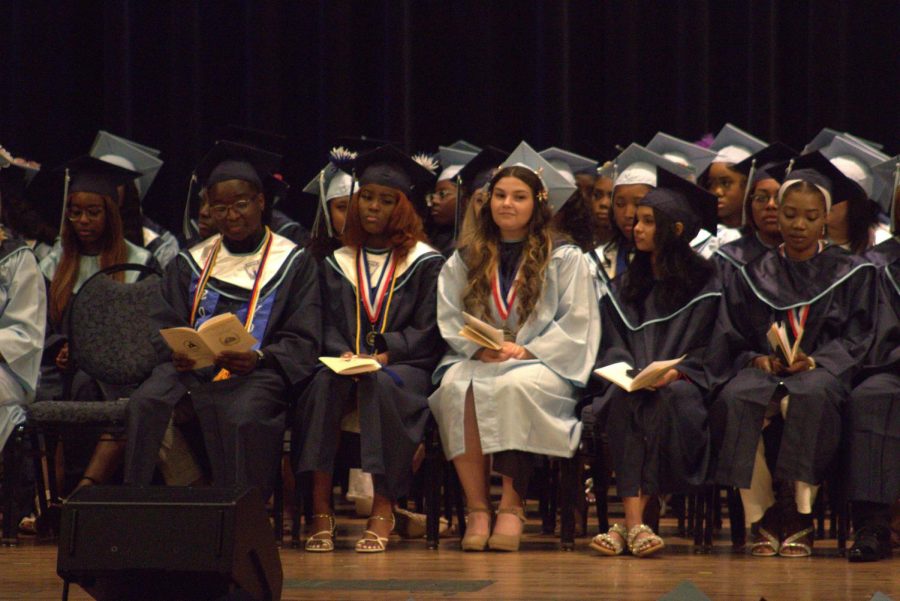
![[VIDEO] FLC 10th grade student awarded $40,000 in a BigFuture Scholarship](https://theflashflc.org/wp-content/uploads/2023/05/Screen-Shot-2023-05-02-at-4.39.10-PM-900x493.png)
![[VIDEO] Mayoral candidates campaign on student issues](https://theflashflc.org/wp-content/uploads/2023/04/IMG_1387-900x506.jpg)
